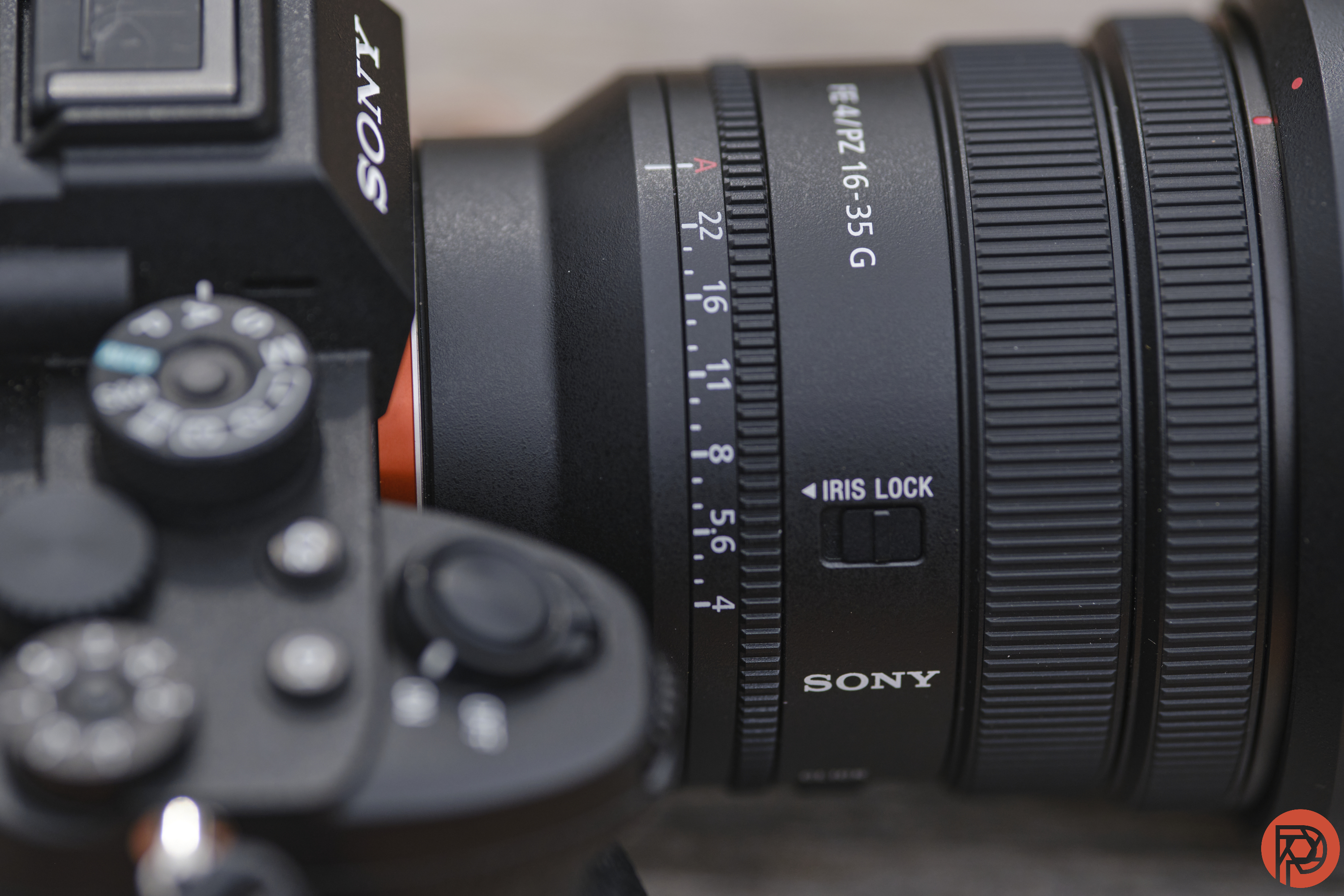The 16-35mm ultra-wide zoom houses both the wide-open spaces look of the 16mm and the wide, but not too wide 35mm in the same lens. But, that flexibility typically comes at a high price. The Sony 16-35mm f4 PZ G cuts $1,000 off the f2.8 version of this lens in exchange for a narrower aperture. As the PZ in the name indicates, the lens also houses a power zoom feature designed for smooth zooming while recording video.
We hate banner ads too. Download our app for iOS, iPad, and Android and get no banner ads for $24.99/year.
While “budget” isn’t quite the right word for a lens that sells for about $1,200, the lens costs significantly less than the Sony 16-35mm f2.8 GM. But besides the aperture, what did Sony cut to get the lens to a lower price point? Weight, for one thing. The f4 lens weighs just 12.5 ounces. The cheaper lens houses the G logo rather than the higher-end G Master. Yet, it still houses a lot of the technical finesse Sony is known for.
Table of Contents
The Big Picture
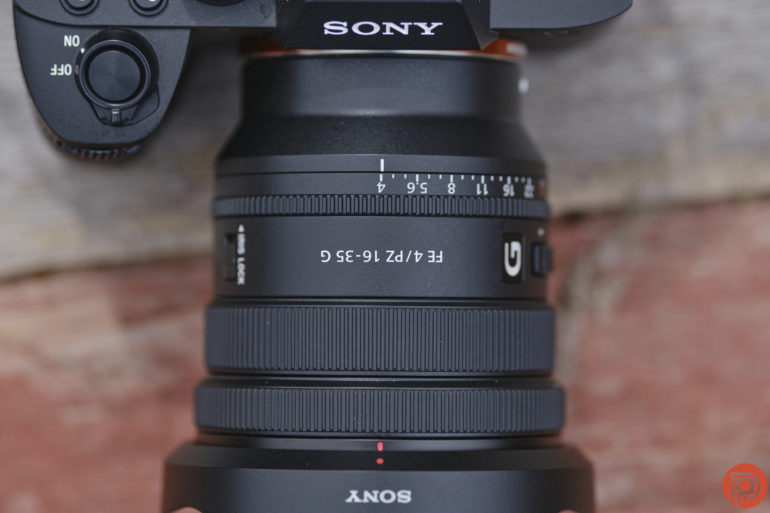
Pros
- Lightweight
- Lots of controls
- Weather sealed
- Very sharp, with only minor softness at the corners
- Minimal barrel distortion
Cons
- Plasticky build
- Technical greatness sometimes feels a bit sterile
- Just f4
The Sony 16-35mm f4 PZ G may be the company’s more affordable ultra-wide zoom, but it shoots with the technical greatness Sony’s G series is known for. Images are sharp except for the very corners. Lines remain relatively straight, even at 16mm. While a more affordable choice, it’s still weather-sealed and the barrel houses several controls.
If there’s a downside, it’s twofold. First, the technical greatness can feel a bit clinical; if you love lens flare, this is not the lens for you. Second, the f4 is less versatile than the bright f2.8. And while it’s a bit expected, the lens barrel does have a plastic feel to it. But, for photographers who shoot at narrower apertures, the lens is a no-brainer, saving both cost and weight. Photographers who shoot in the dark and want background separation, however, will be better off saving for the f2.8 or looking for a more affordable used version.
I’m giving the Sony 16-35mm f4 PZ G four out of five stars.

Gear Used
I tested the Sony 16-35mm f4 PZ G with:
- Sony A7R IV
- H&Y Revoring MRC CPL Filter (Used in images with reflections on the water)
Innovations
At nearly half the weight of Sony’s similar f2.8 lens, the Sony 16-35mm f4 is impressively lightweight. In fact, Sony claims it is the lightest full-frame f4 power zoom lens. That’s the other unique feature here — the power zoom toggle on the side. Sony has a few others on the market already. The feature is geared more toward video and smooth zooming than still photos. But, it’s a plus for hybrid creators as well as photographers dabbling in video since it is easy to use.
Ergonomics
The Sony 16-25mm f4 PZ G is impressively lightweight and compact. At 12.5 ounces, it’s almost half the weight of Sony’s f2.8 variation of this lens. That — and the $1,000 price difference — is one of the reasons to opt for the dimmer f4 over the f2.8. At about 3.5 inches long, it doesn’t take up much room in a camera bag either.
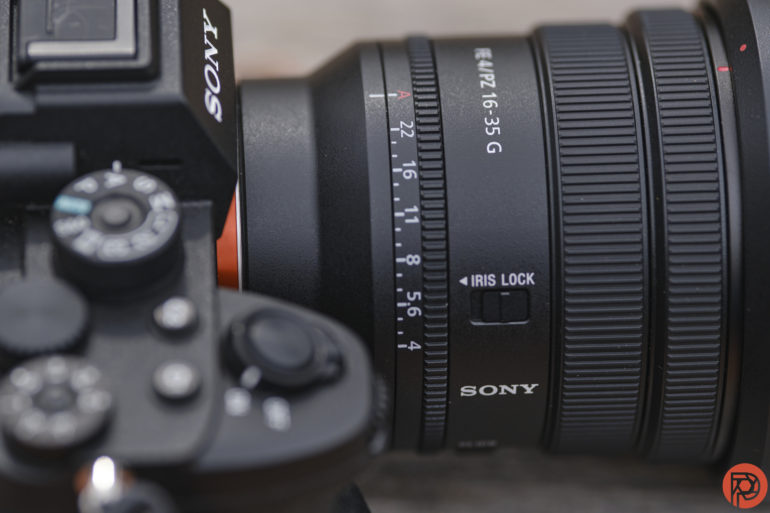
Despite being compact, the Sony 16-35mm f4 houses three rings. The first one out from the mount is the aperture ring. It’s nicely labeled and includes an A spot for auto aperture mode. A switch on the side near the right hand turns the click of the aperture ring on and off. Above this switch, an iris lock switch prevents the aperture ring from being turned out of the A position.
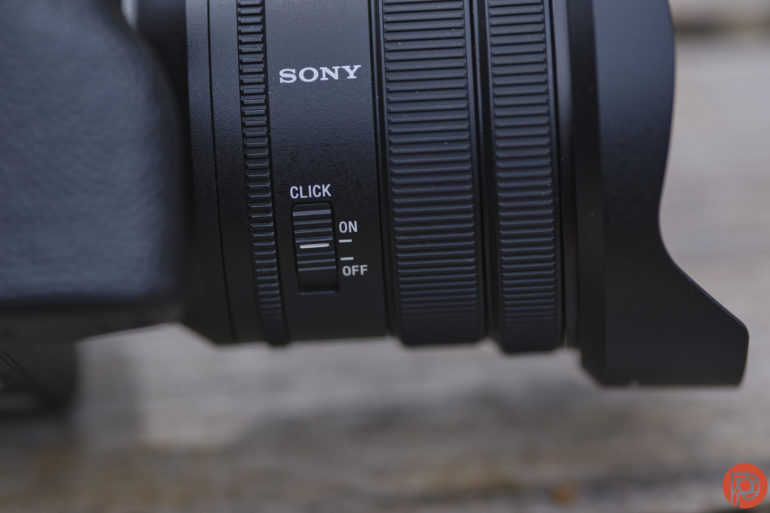
On the opposite side of the lens, still just outside the aperture ring, is the power zoom toggle. This is where the lens gets the PZ in its name. This toggle zooms the lens in and out. Based on the pressure you apply to the toggle, it will zoom the lens slowly or quickly, but evenly. That makes zooming in and out smoothly while recording video. Just below the PZ toggle is an Fn button and the switch to go from auto to manual focus.
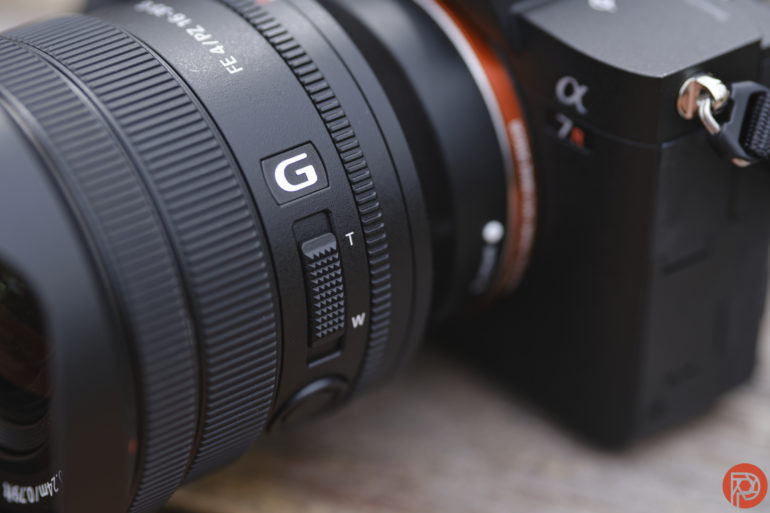
Next is the zoom ring, and the last ring on the lens is the focus ring. These two lenses are a bit harder to differentiate. They are nearly the same size and have the same textured grip. The only way to blindly differentiate between the two is to feel both rings, knowing that the focus ring sits at a slightly wider part of the lens and is closest to the front.
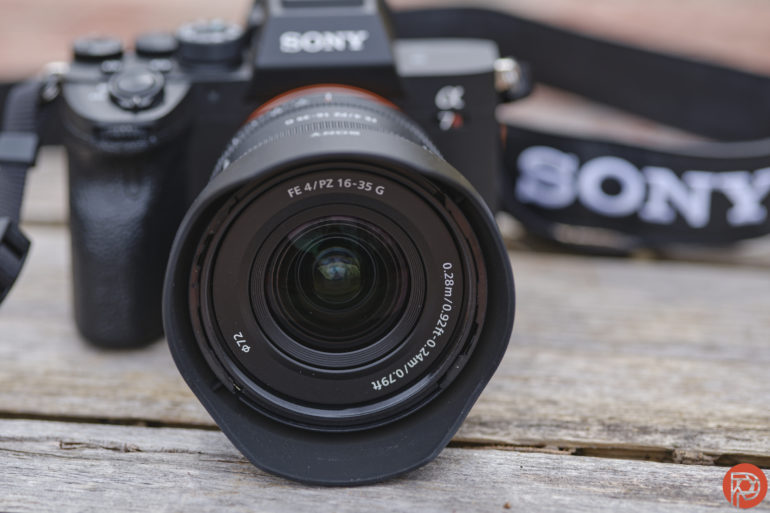
The front of the lens is ringed with a bit of plastic, rather than glass that takes up the entire front. The lens accepts 72mm filters and it ships with a petal hood.
Overall, Sony has managed to fit a lot of controls on such a small lens. I love the de-click aperture ring. My only complaint is that the custom ring and the zoom ring are a bit difficult to differentiate between at first.
Build Quality
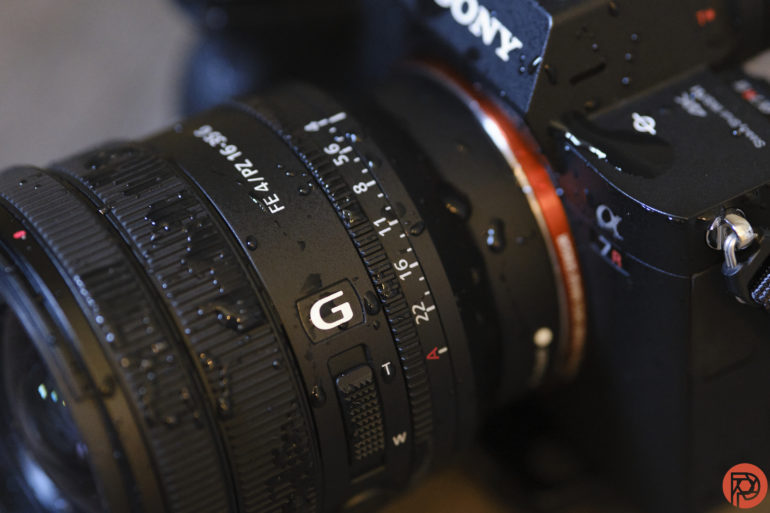
As a G lens, the Sony 16-35mm f4 is weather-sealed. I gave the lens a good splash, and it continued to shoot. I also didn’t spot any sensor dust accumulating during my review.
While weather-sealed, the lens does use a plastic build in order to get to achieve its light weight. It doesn’t feel awful, but it doesn’t exactly feel luxurious, and while it’s plastic it doesn’t feel like it will break easily. While a lens priced over $1,000 isn’t cheap, at almost half the cost of the f2.8 version it is in fact a budget-friendly lens.
Autofocus
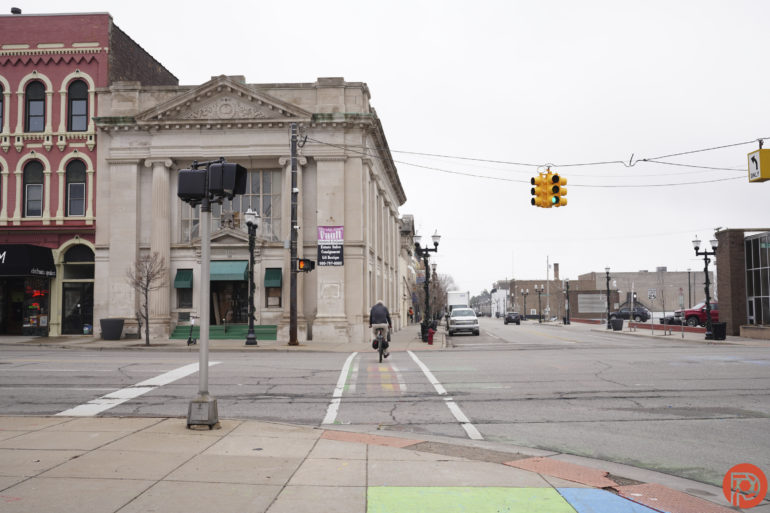
The autofocus on the Sony 16-35mm f4 PZ G can focus as close as about 11 inches on the wide end and 9.5 inches on the 35mm end. The system is also quiet and difficult to hear when recording video.
I had zero issues with the autofocus system while shooting landscapes, architecture, and street art. But, of course, that’s of little surprise since these stationary subjects are the simplest. I then tried the lens on one of the toughest scenarios for autofocus — a swing set. The motion towards and then quickly away from the lens is challenging for any autofocus system. In this scenario, the autofocus accuracy dropped to around 80 percent.
In low light, the lens was able to focus, but it took long enough that I could count to two or three. It will lock on in low light, but it may take so long that any motion is missed.
Since a 16-35mm isn’t made for sports and an f4 isn’t made for low light, these flaws aren’t deal-breakers. It will keep up with movement during street photography and the typical scenarios that a photographer would choose a 16-35mm f4 for. But, if you need a reliable autofocus system, the 16-35mm f2.8 is a better choice.
Ease of Use
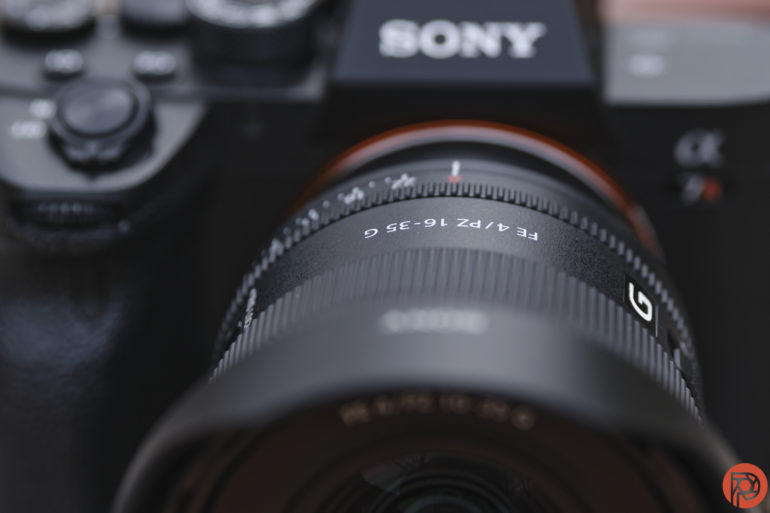
The Sony 16-35mm f4 has a lot of controls, but they’re arranged in a way that beginners could choose to ignore many of them until they reach a level where those options are needed. The aperture ring can be locked into auto mode. Then, the biggest challenge is simply learning the zoom ring and leaving the remaining controls alone.
The power zoom feature also makes zooming during video simpler for photographers learning video. The toggle allows users to zoom slow or fast, but more importantly to zoom at a consistent speed. I don’t think photographers will be buying this lens for the power zoom feature. But, I think photographers would buy this lens because it’s an affordable, lightweight, ultra-wide zoom may occasionally appreciate the feature.
Finally, there are enough controls here that I don’t think professional photographers will find the lens lacking. Adjusting the aperture without pulling the camera away from your face is simple and, with some time to learn which controls are which, the others will follow suit.
The only thing that may make this lens a bit easier to use is stabilization, which this lens lacks. It’s not a big issue for owners of the newer Sony bodies with image stabilization. Adding stabilization would have also made the lens heavier and more expensive.
Image Quality
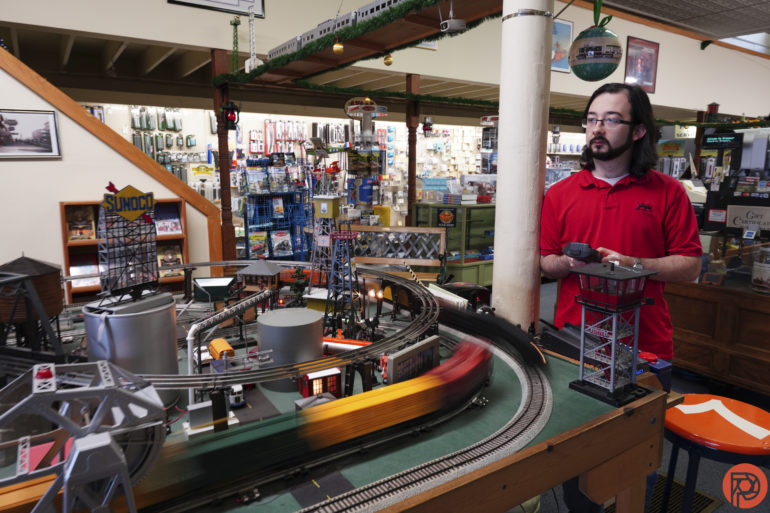
Images from the Sony 16-35mm f4 PZ G line up with everything I’ve come to expect from Sony. It’s a technically superb lens, but also a bit sterile, lacking the character that comes from things like lens flare. The images are sharp, and distortion is minimal. It’s a blank slate type of lens that allows photographers to create character by what’s captured with the lens itself.
Bokeh
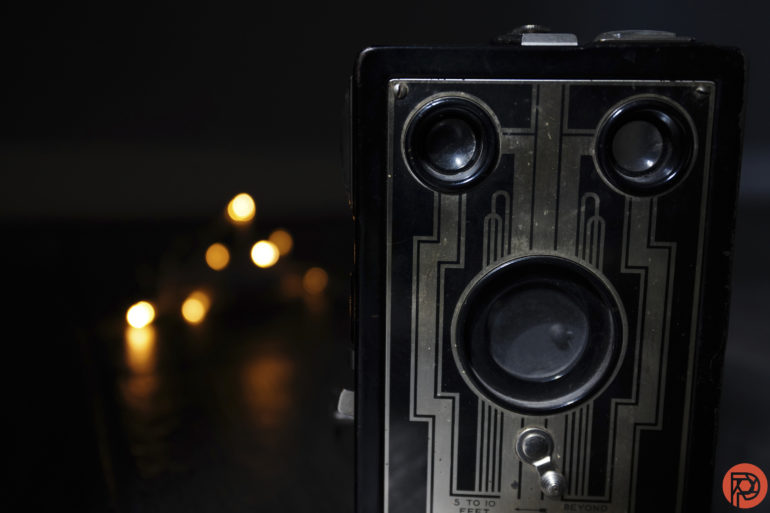
Ultra-wides aren’t known for the bokeh. Add in an f4 and, well, the bokeh recipe is missing a few ingredients. This lens’ background separation comes largely from that full-frame sensor and the shorter minimum focus distance.
But, you can create a little bokeh if you work for it. When you do, points of light have soft edges and are mostly clean, but there can be an occasional soap bubble. As is typical with this focal length, bokeh will have a cat-eye shape towards the edges but remain round towards the center of the image.
Sharpness

Wide-open, the lens is sharp at both 16mm and 35mm. The corners have the very slightest softness to it, but the edges are impressively sharp right up to the far corners. This lens lives up to the Sony G series standard; it renders lots of nice sharp detail, even towards the edges.
Lens Character
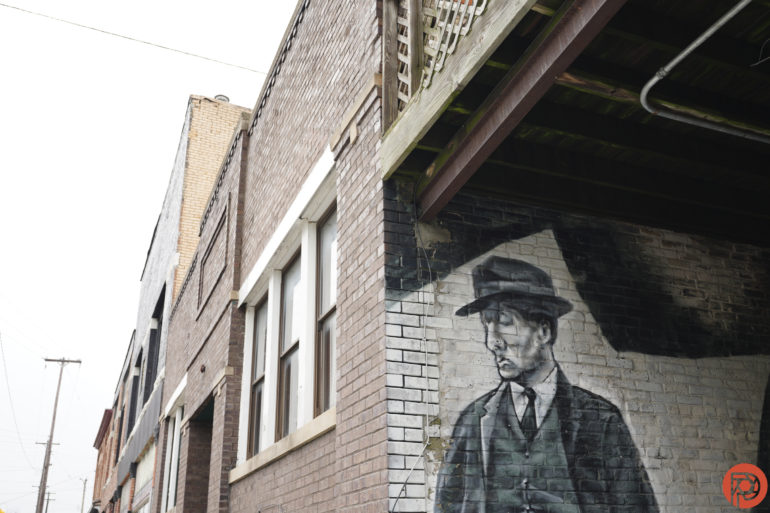
The Sony 16-35mm f4 flares less than my own glasses. It’s a bit odd, actually, to look through the viewfinder and find everything clearer than the view without a camera. Flare is heavily suppressed with a minor lack of contrast around the edges of the sun. I had to try very hard to get a dot of circle flare.
While wide-angle lenses are prone to distortion, Sony also fights this well too. When perfectly aligned to eliminate perspective distortion, there’s a slight bend to the corners at 16mm. And at 35mm, it’s near perfect. It’s easy to keep horizon lines straight with this lens.
Of course, the 16mm focal length is generally prone to more exaggerated perspective distortion. The character this lens does have mainly comes from the focal lengths. At 16mm, if the lens isn’t perfectly straight on the subject, you’ll get that perspective distortion. That ultra-wide will also make objects feel farther apart, giving a sense of isolation and wide-open spaces. But, in the same lens, you have the 35mm, which doesn’t make everything feel quite so distant. It’s a good range to have.
That said, it’s not the lens for images that ooze character and sparkle with dramatic flare. The character comes from the focal lengths — which any 16-35mm will have — as well as whatever you put within the frame and however the photos are edited.
Color Rendering
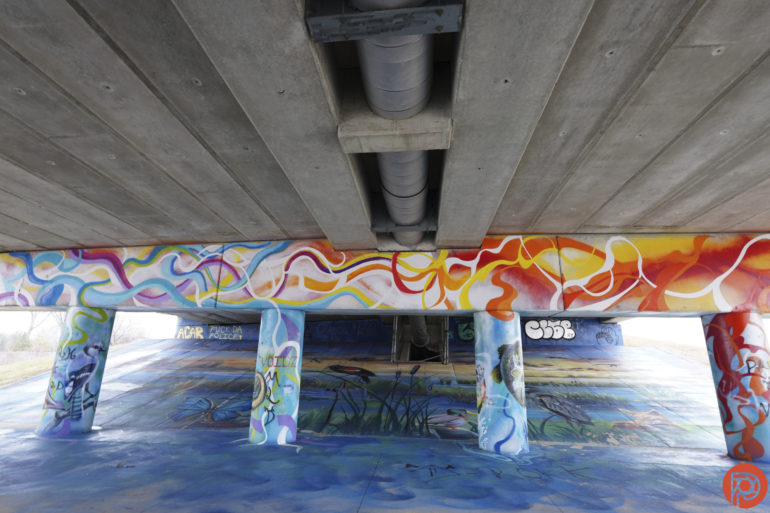
I found the color coming from the Sony 16-35mm f4 to be similar to the colors that I expect from the Sony a7R IV body. With little flare to diminish colors and contrast, the colors remain intact.
Similarly, chromatic aberration is minimal. I thought maybe there was a slight color to the corners or around high contrast areas, but I couldn’t see it without zooming in past 100 percent. This means, of course, for real-world use, aberration is minimal enough to go unnoticed.
Extra Image Samples
From day one, The Phoblographer has been huge on transparency with our audience. Nothing from this review is sponsored. Further, lots of folks will post reviews and show lots of editing in the photos. The problem then becomes that anyone and everyone can do the same thing. They’re not showing what the lens can do. So we have a section in our Extra Image Samples area to show edited and unedited photos. From this, you can make a decision for yourself.
Edited
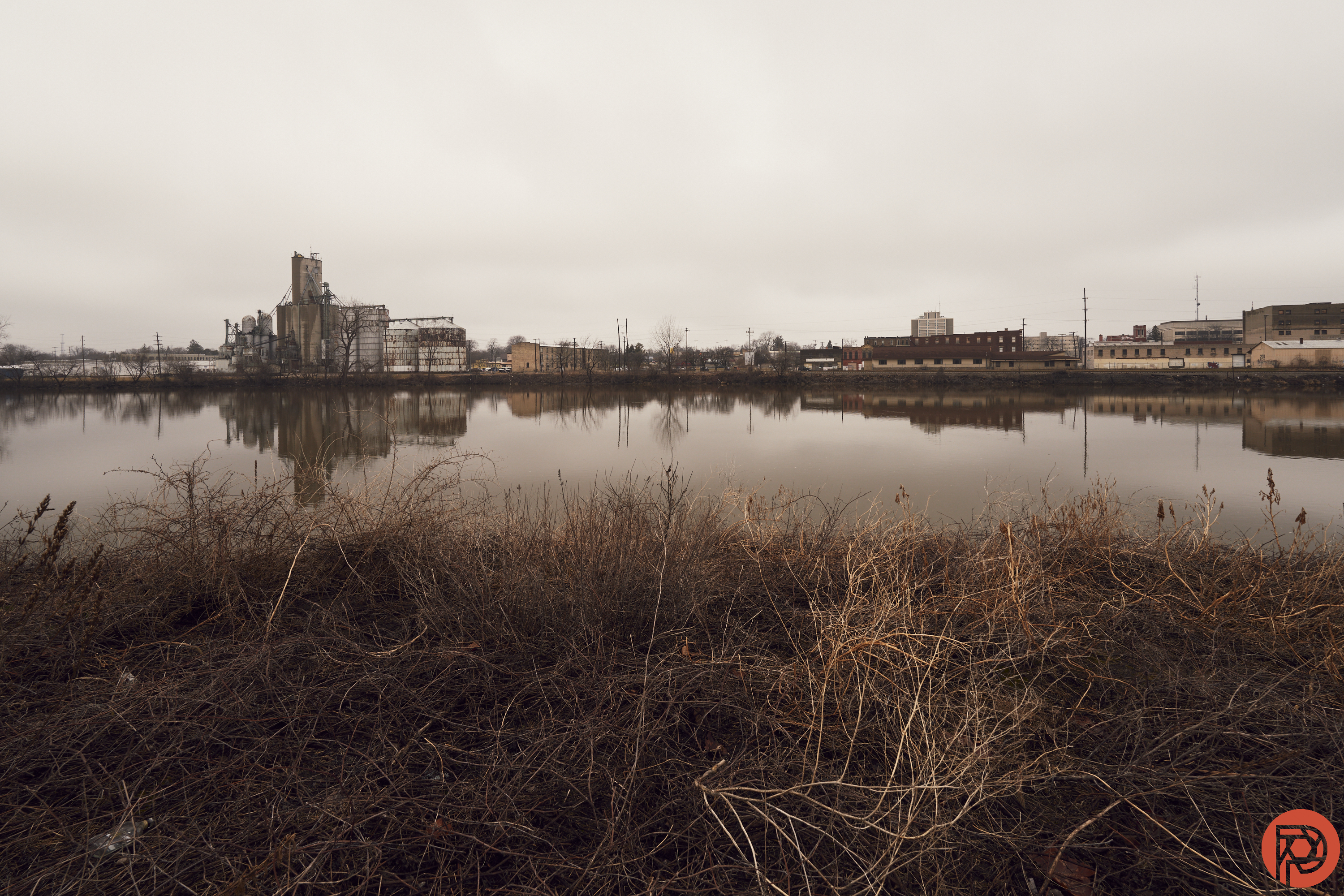
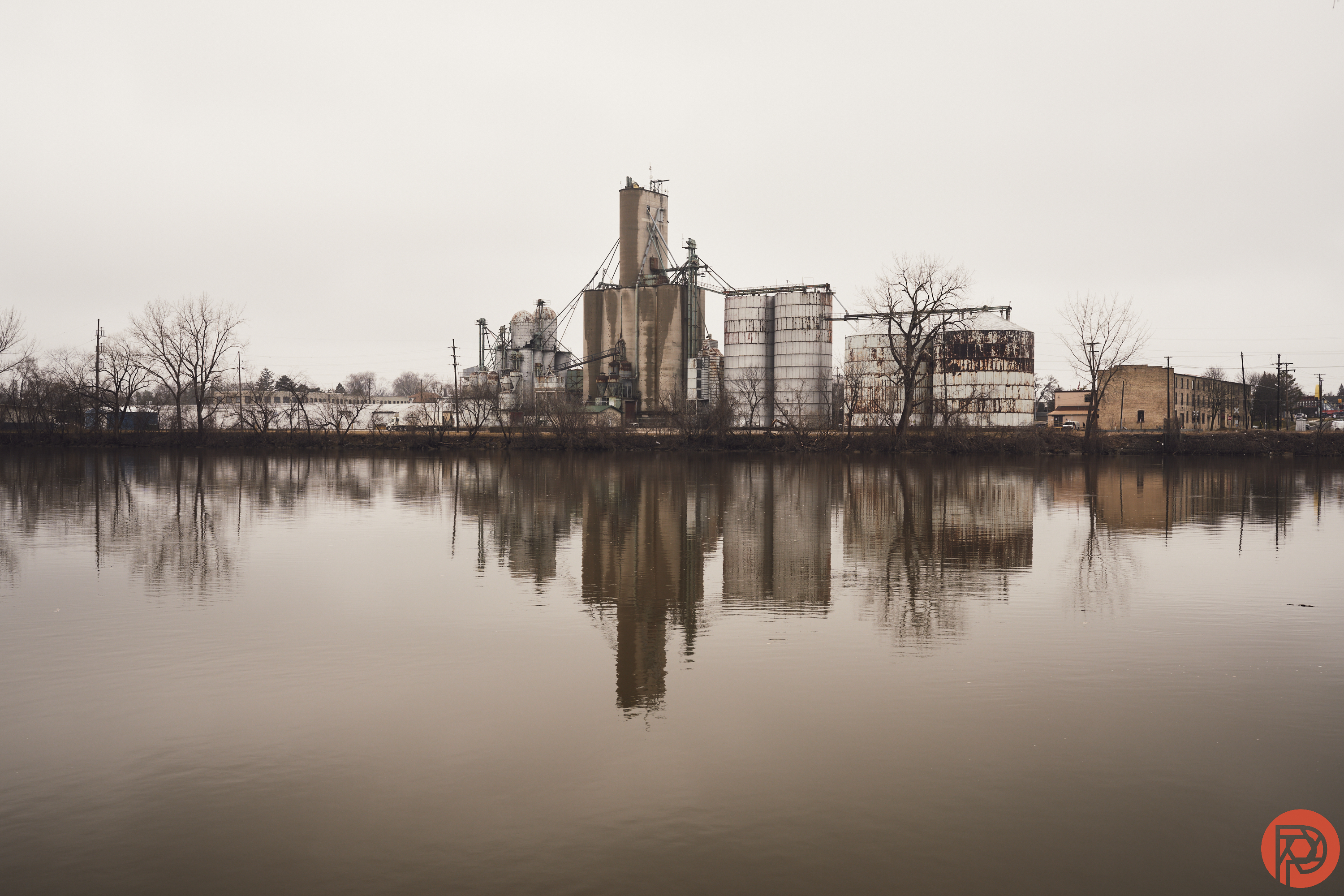

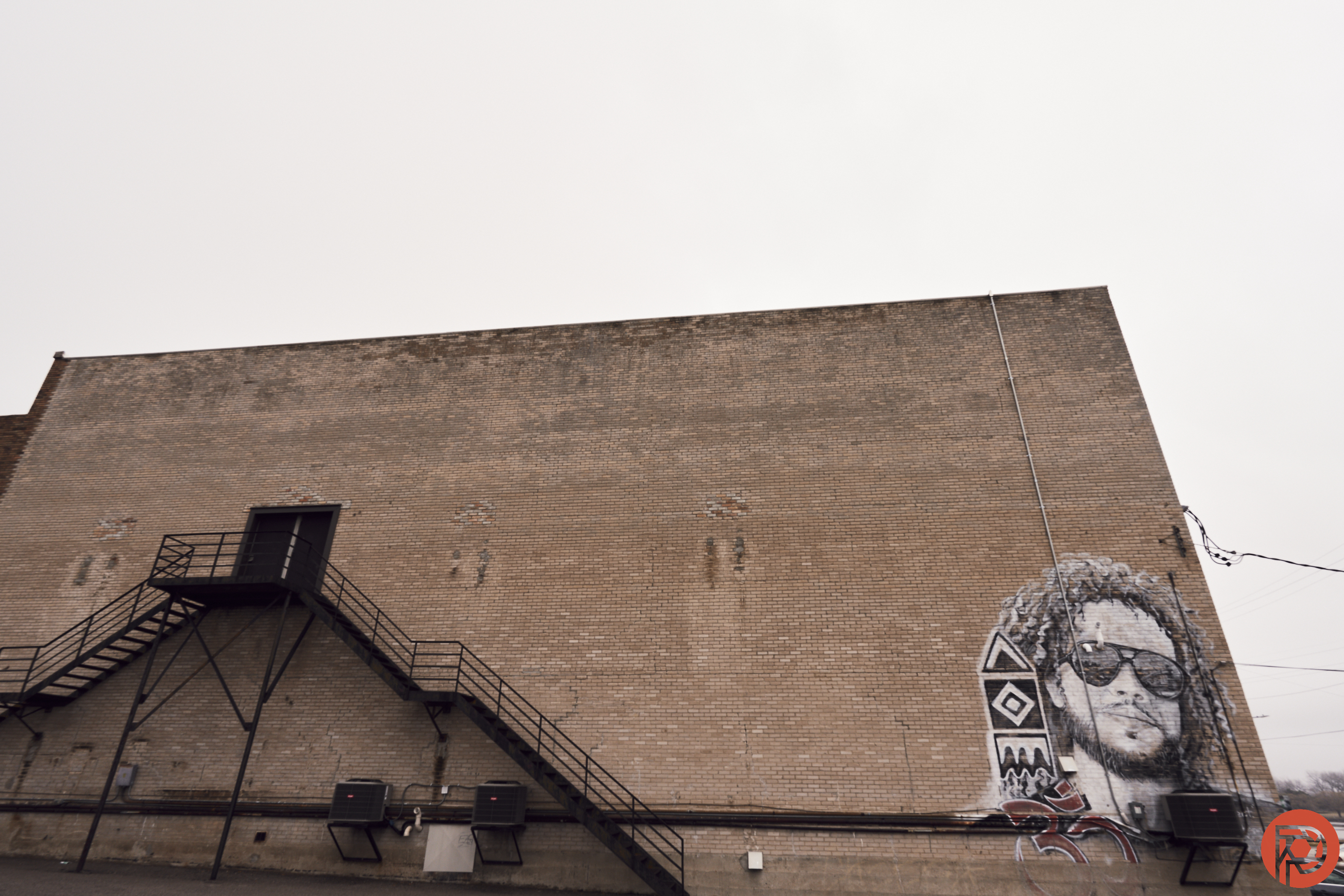
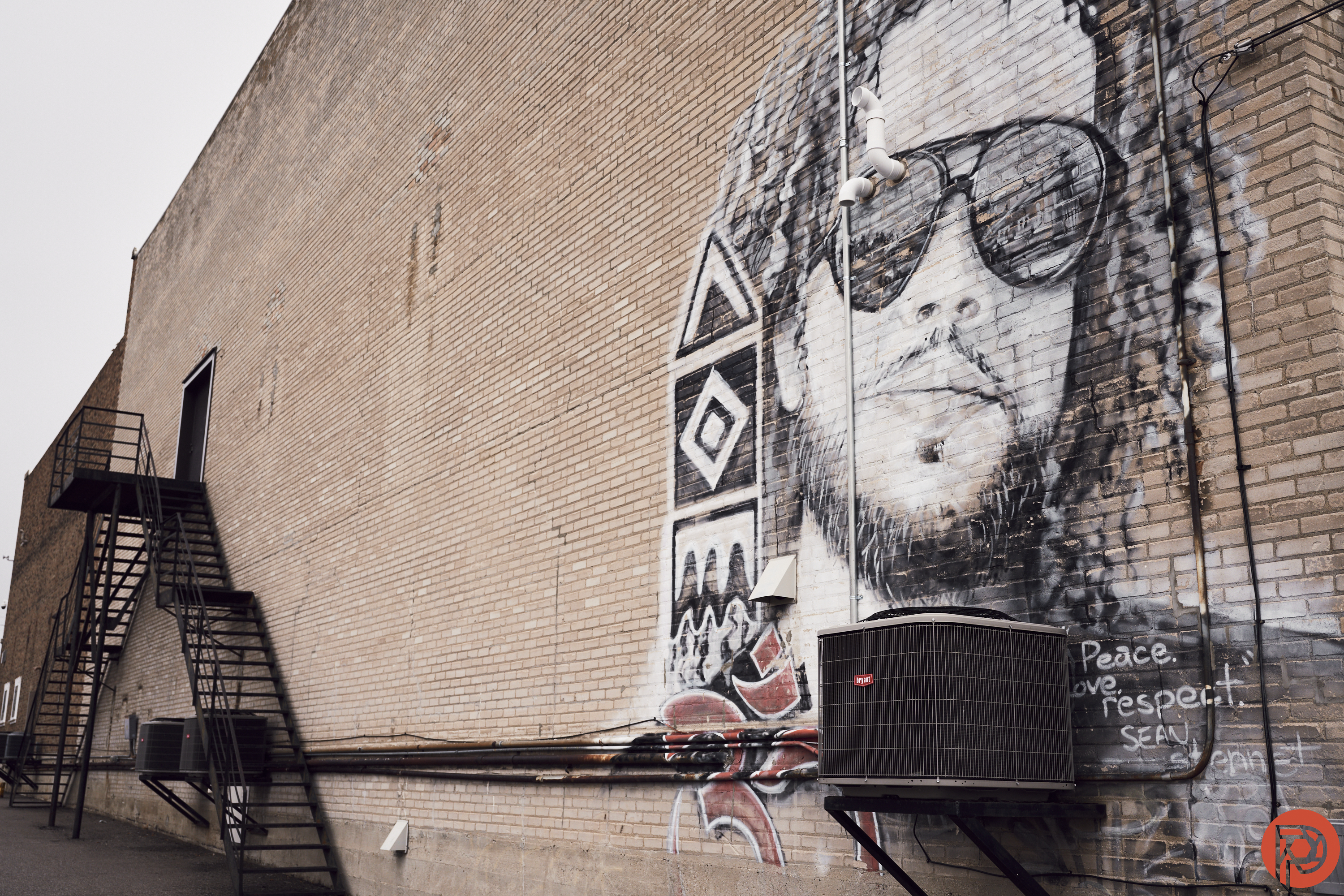
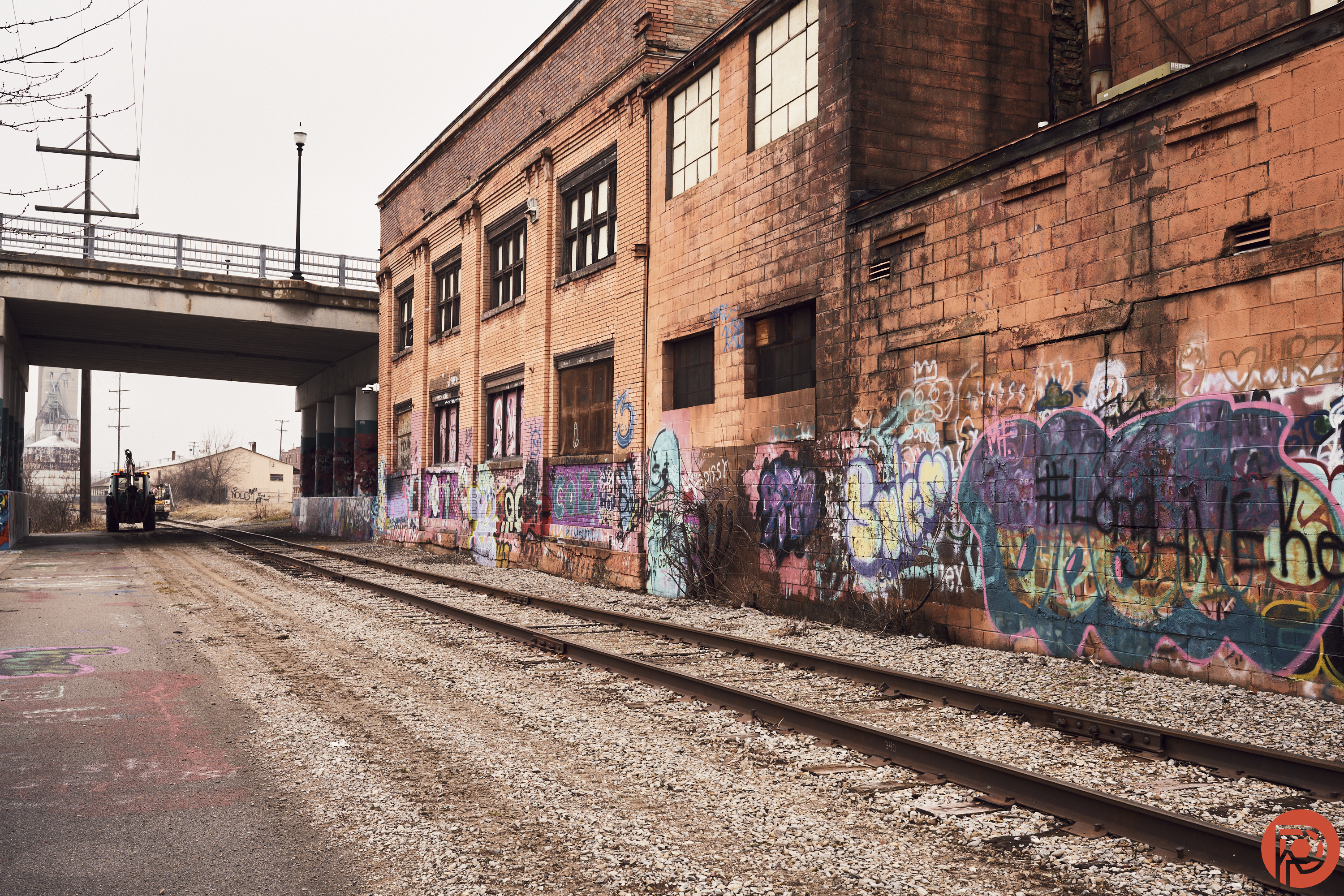
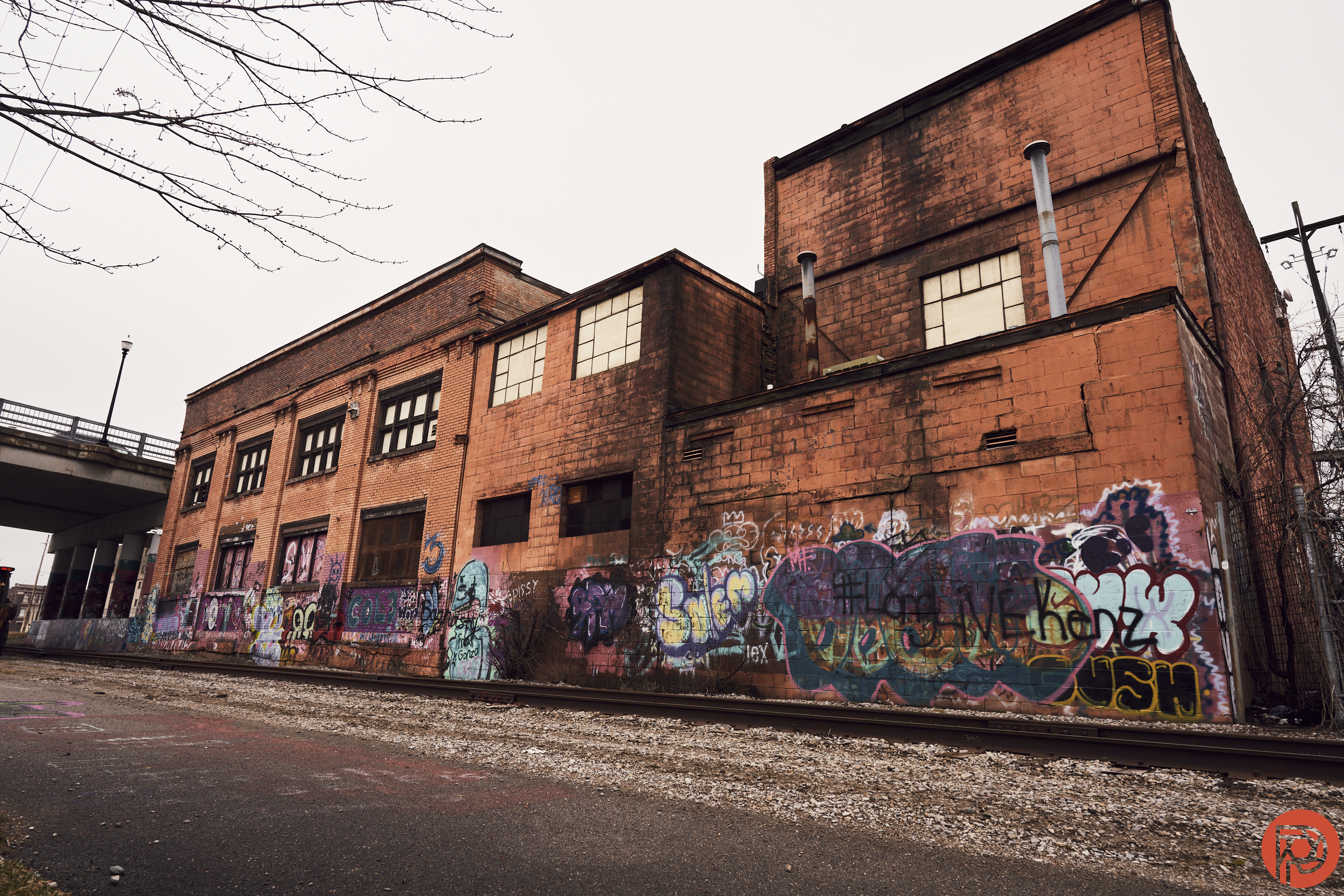

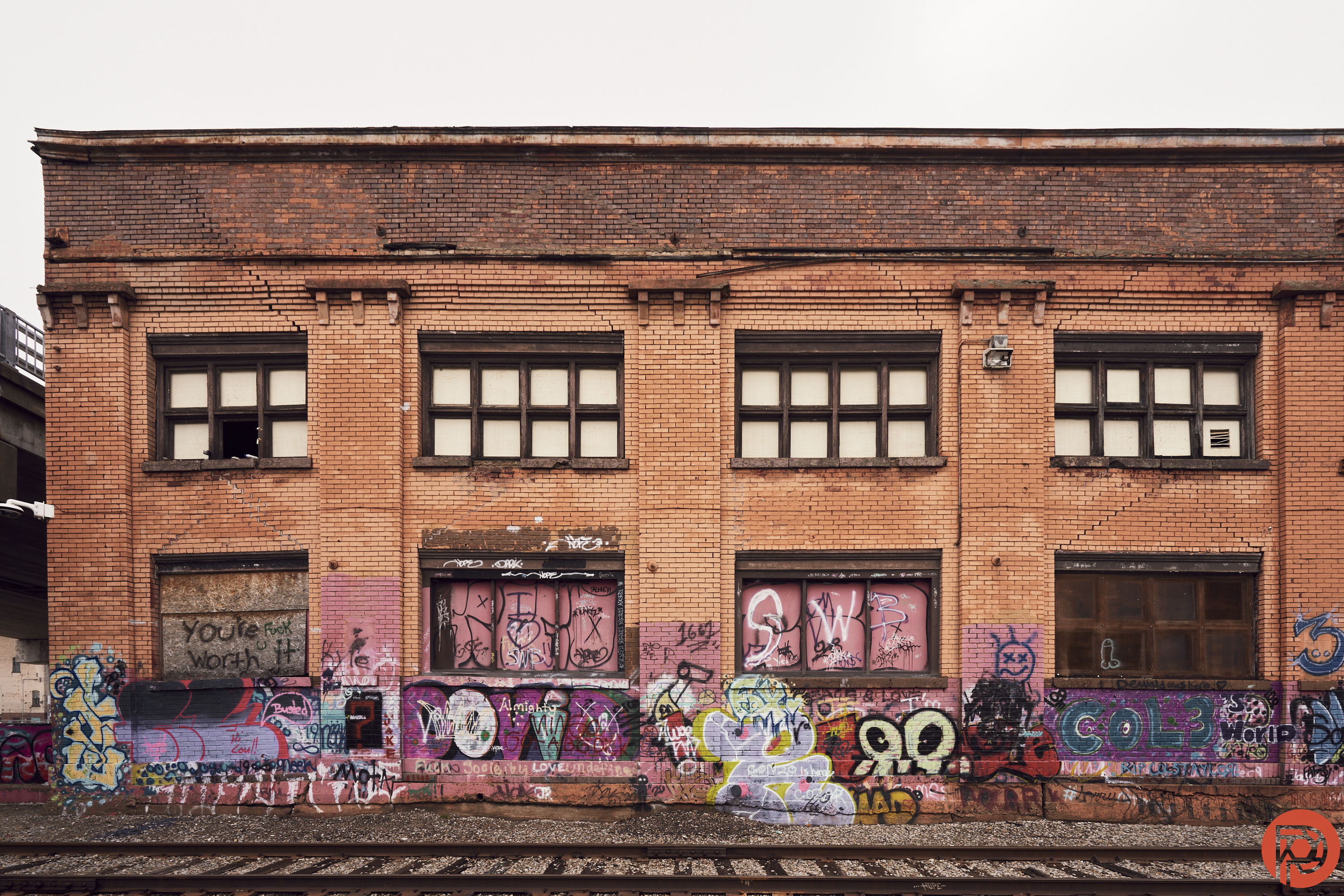
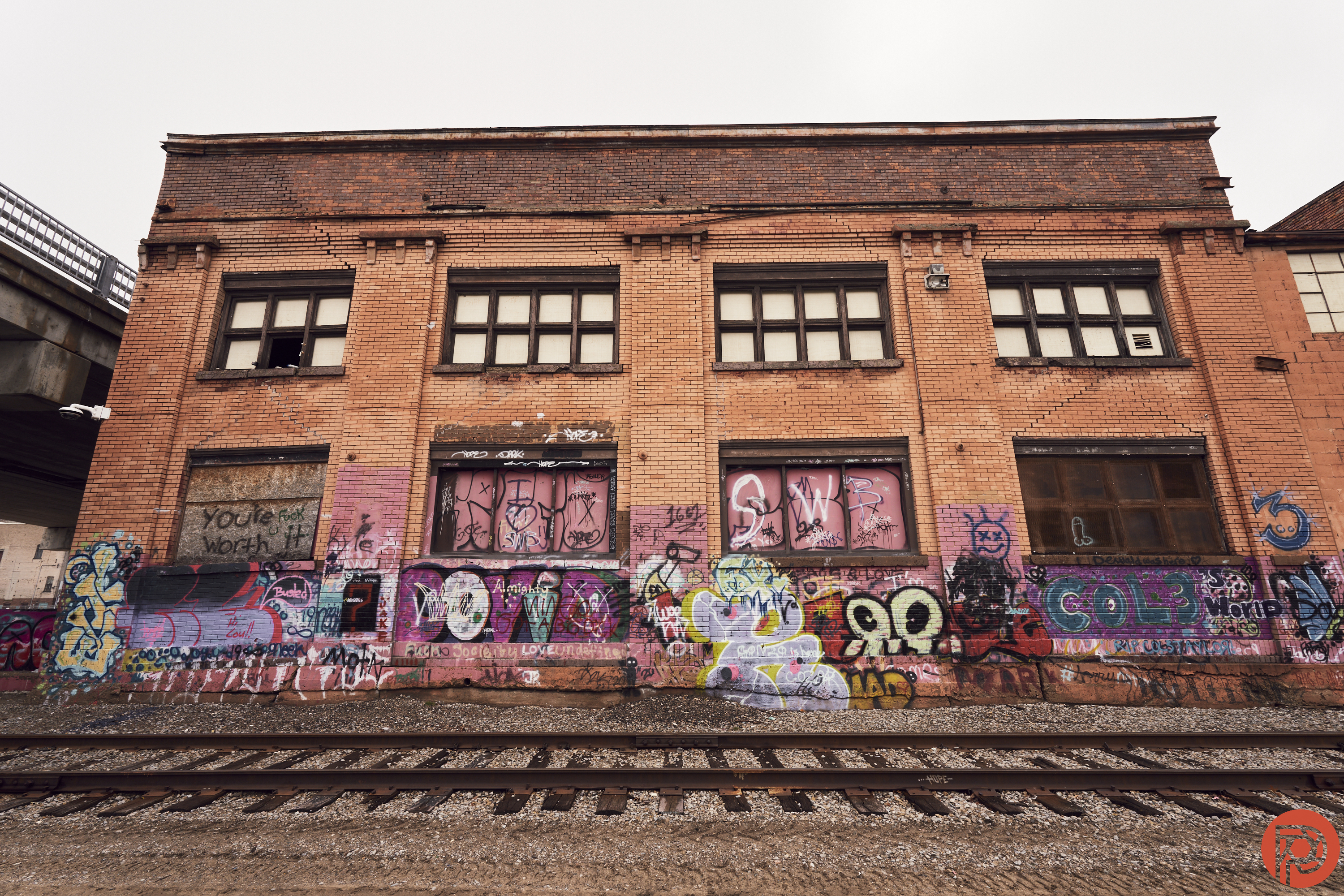
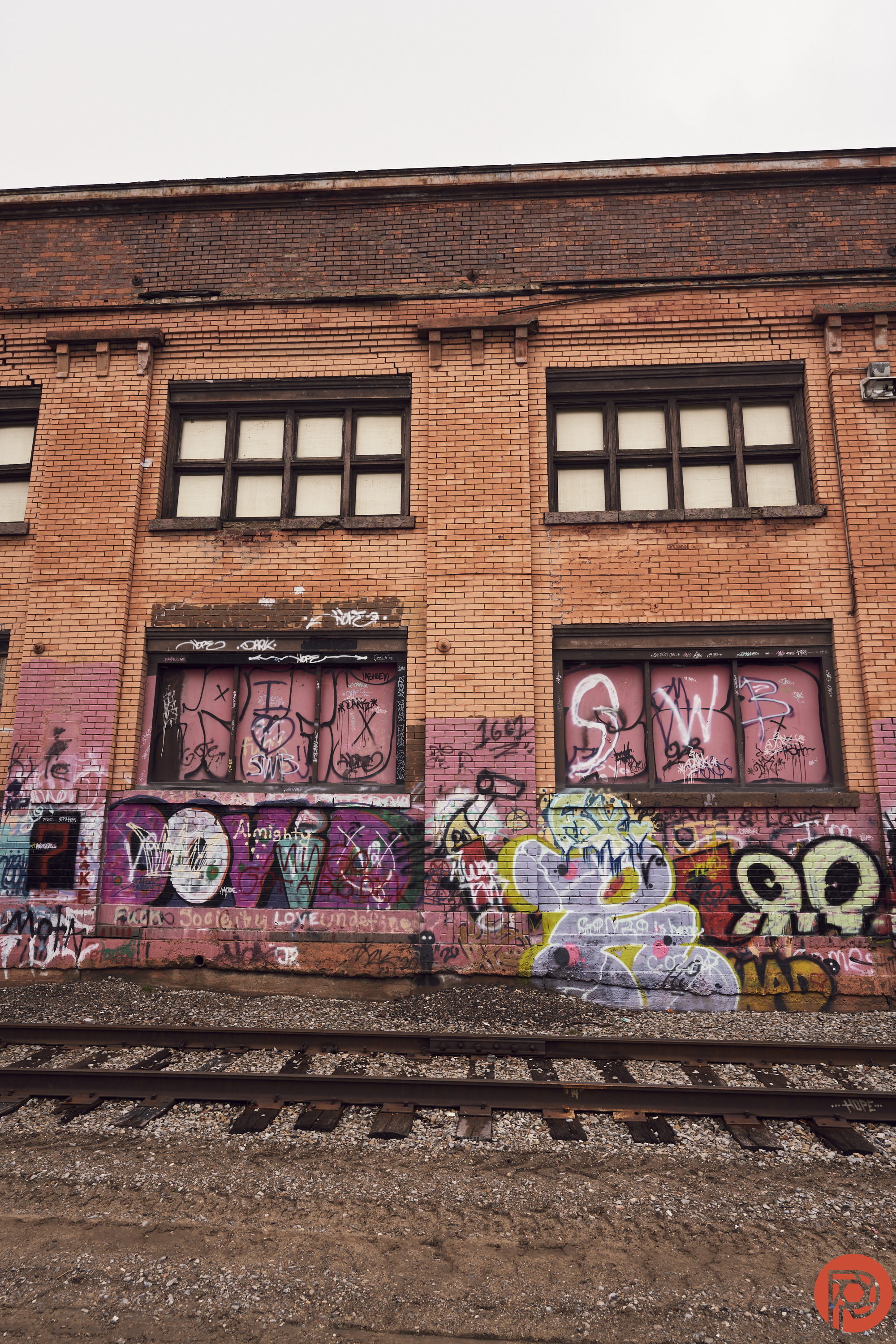
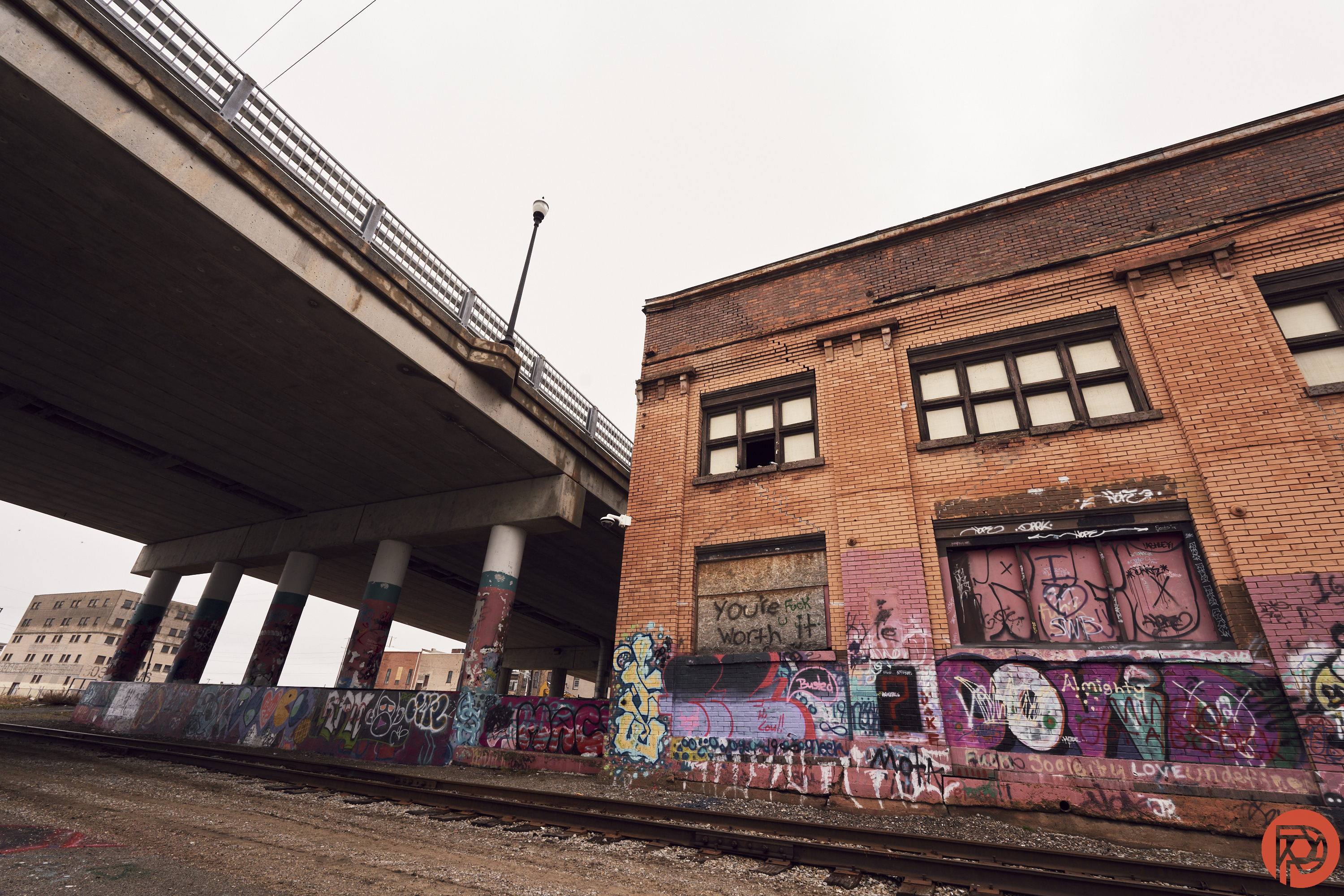
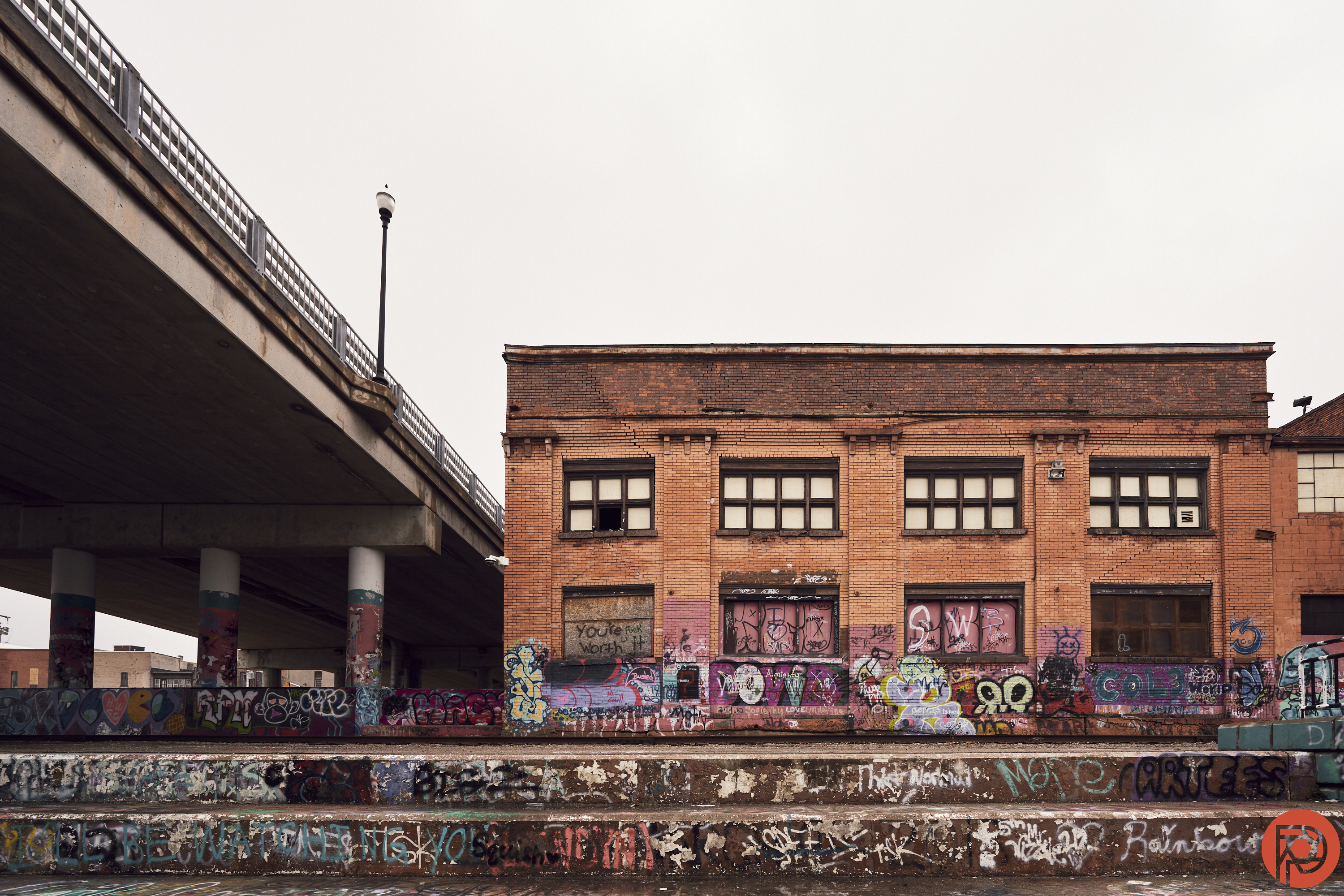
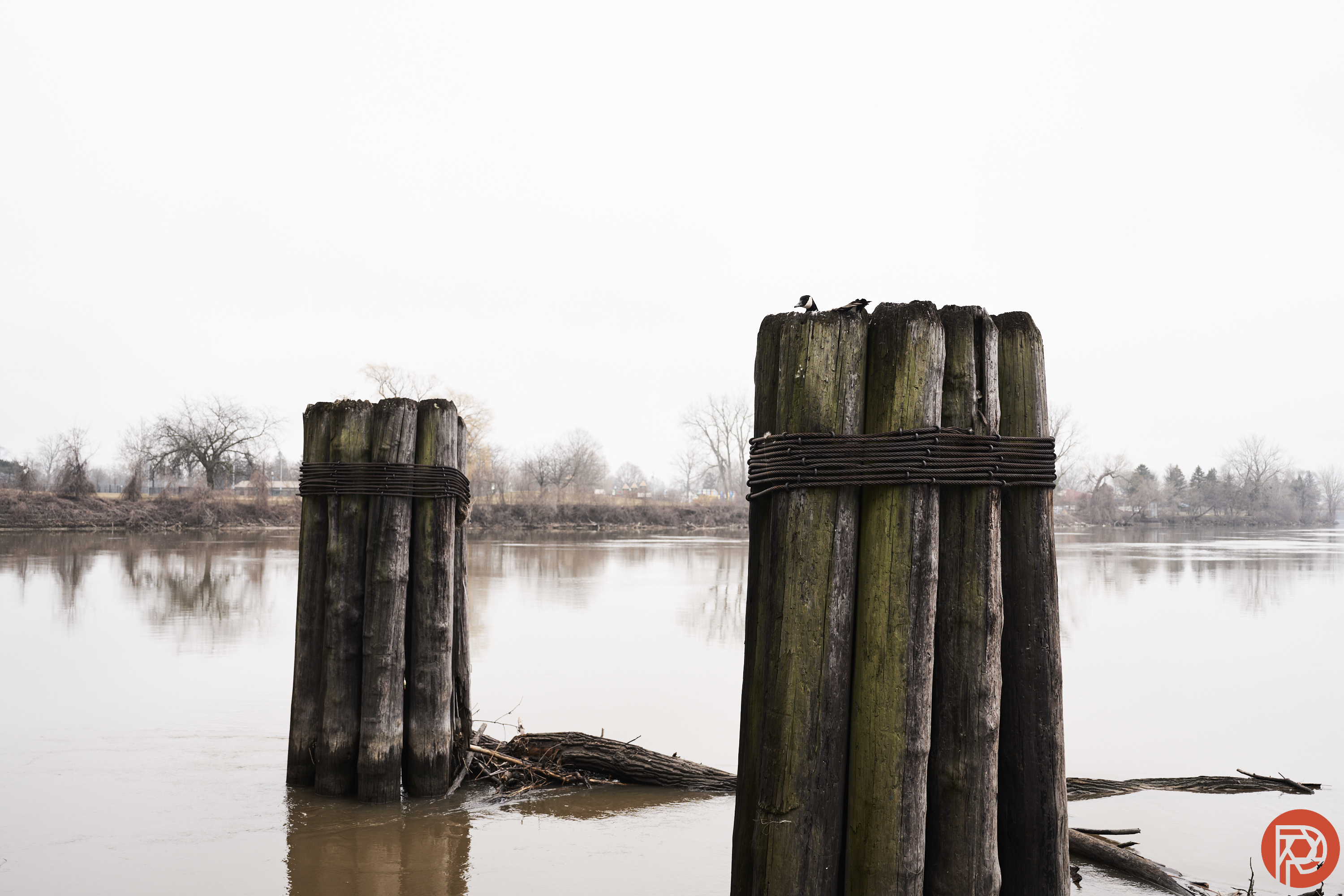
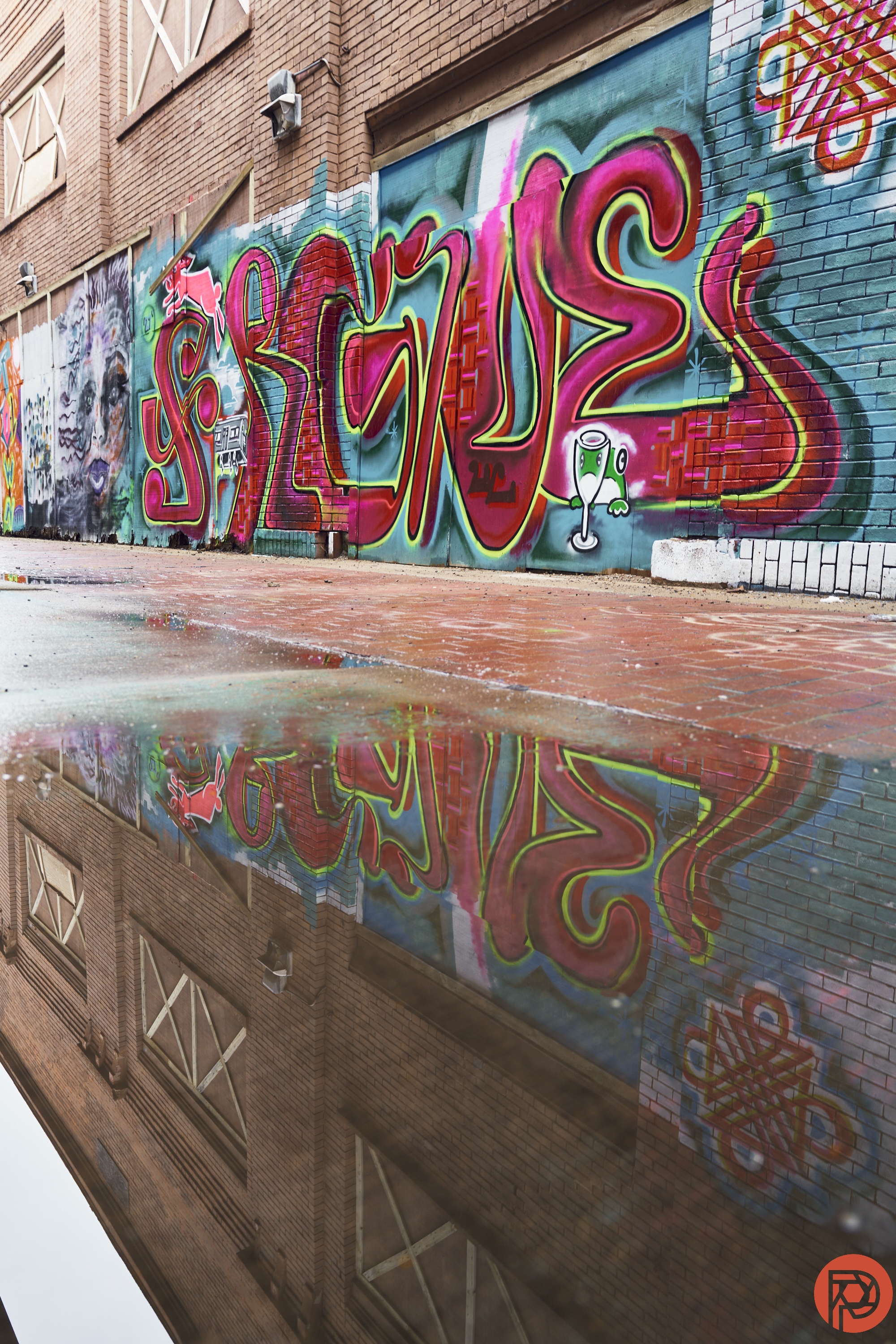
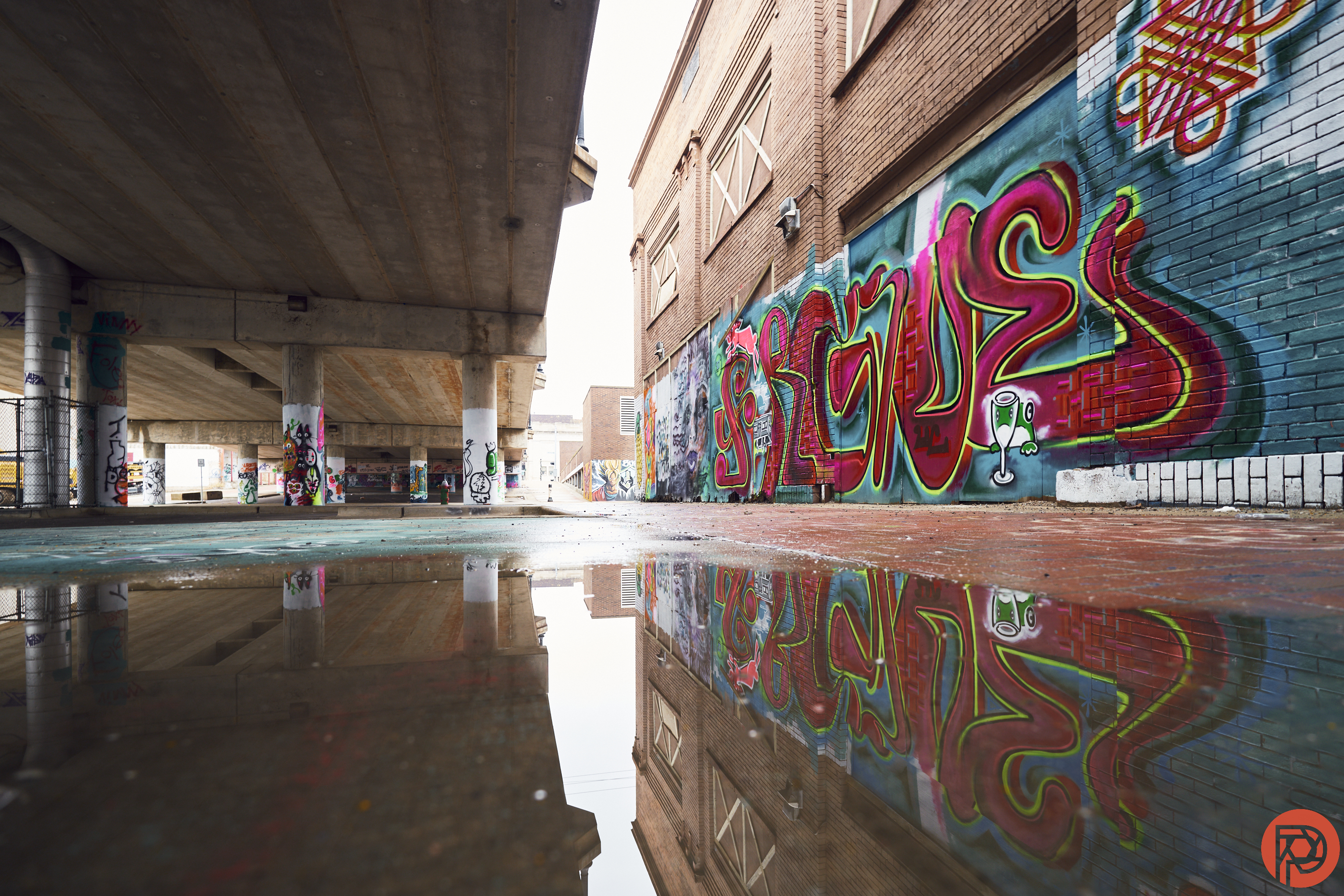
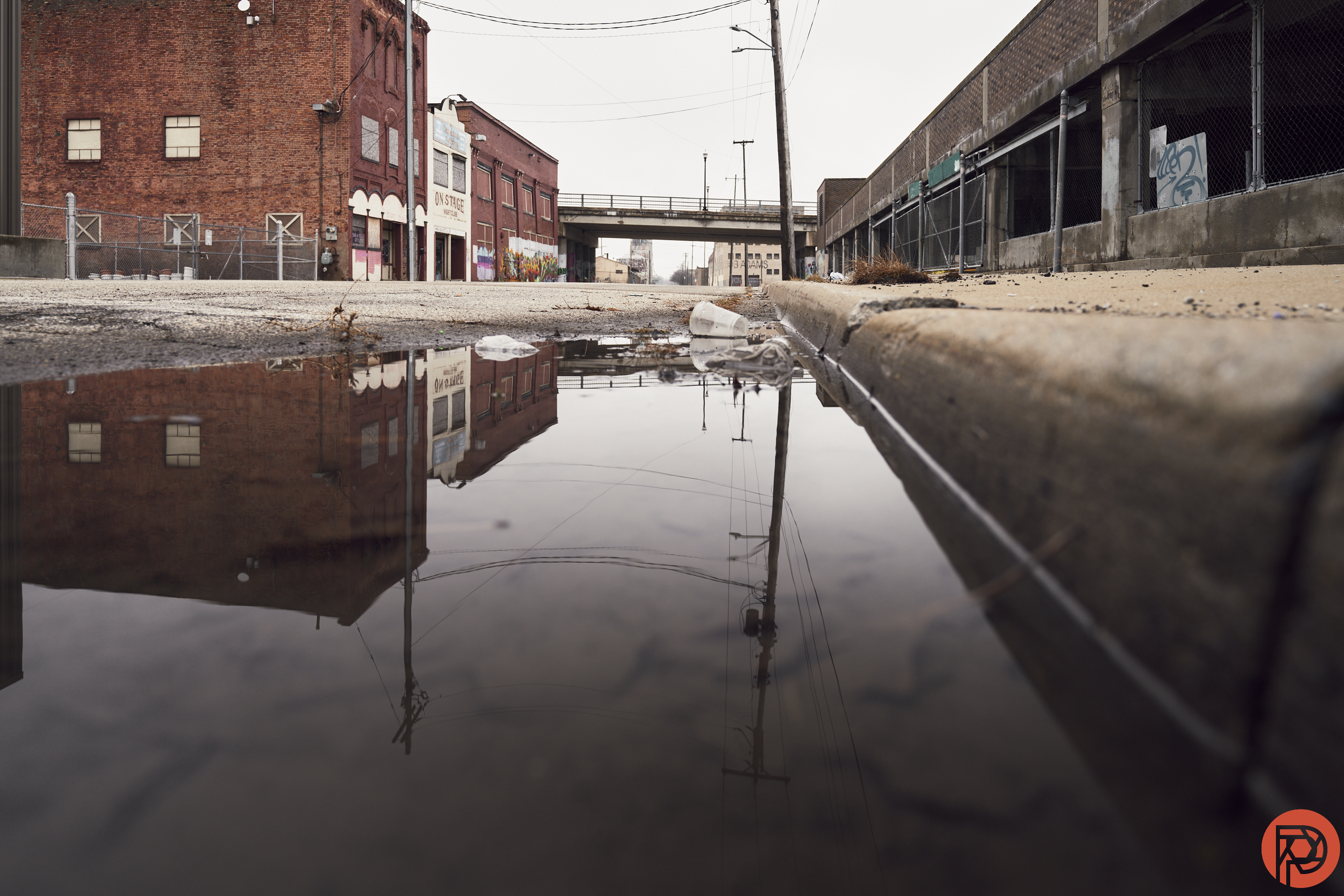
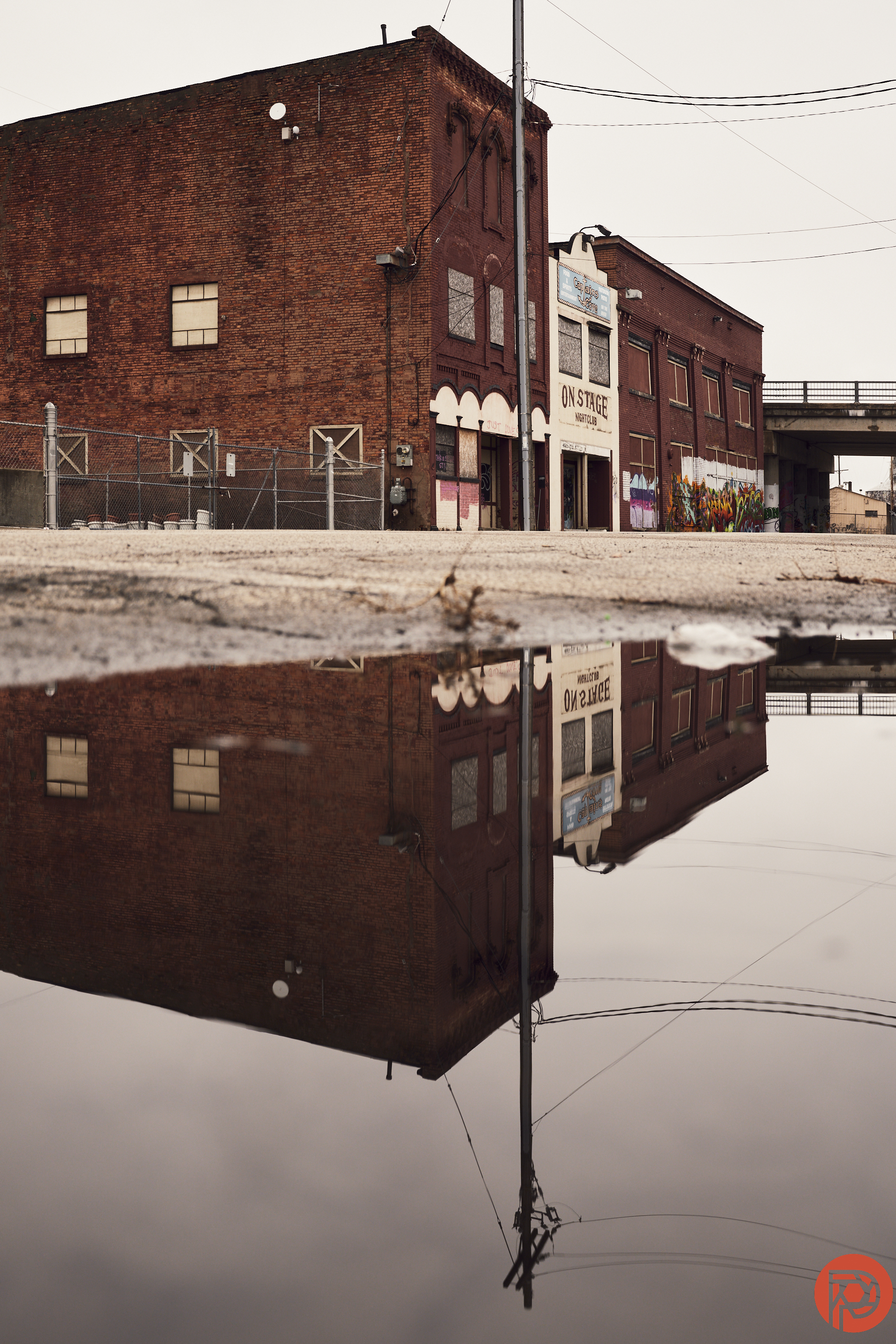
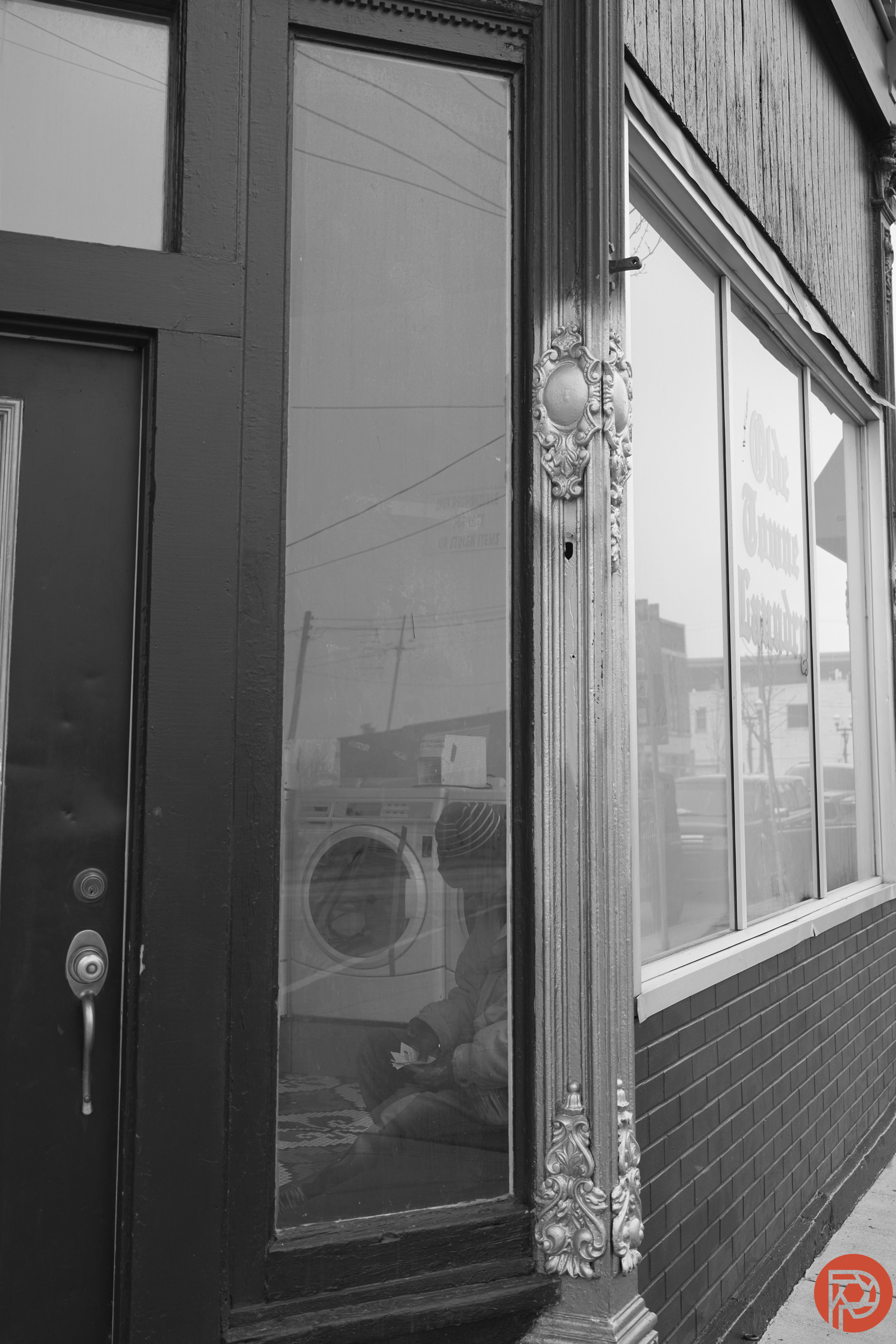
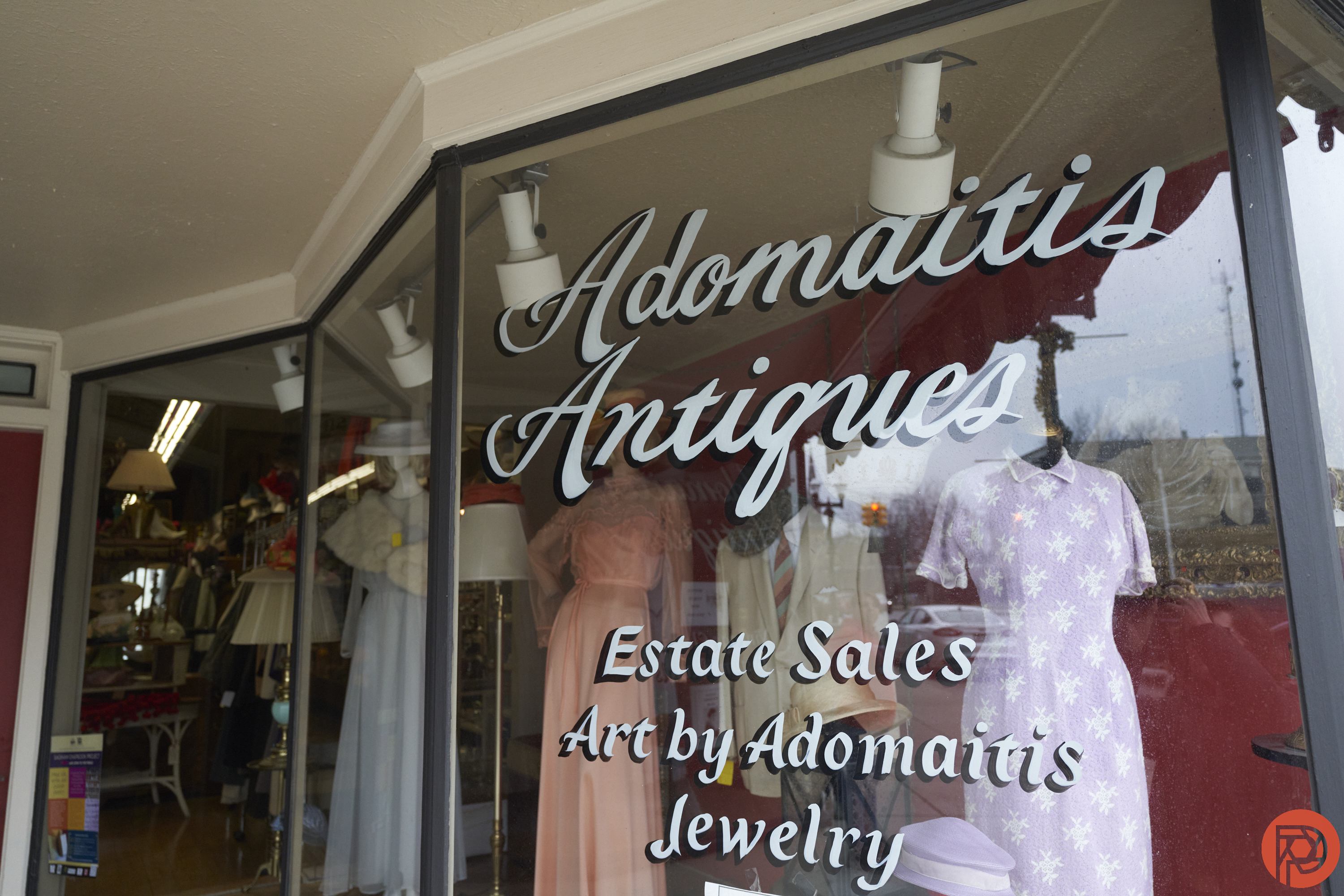
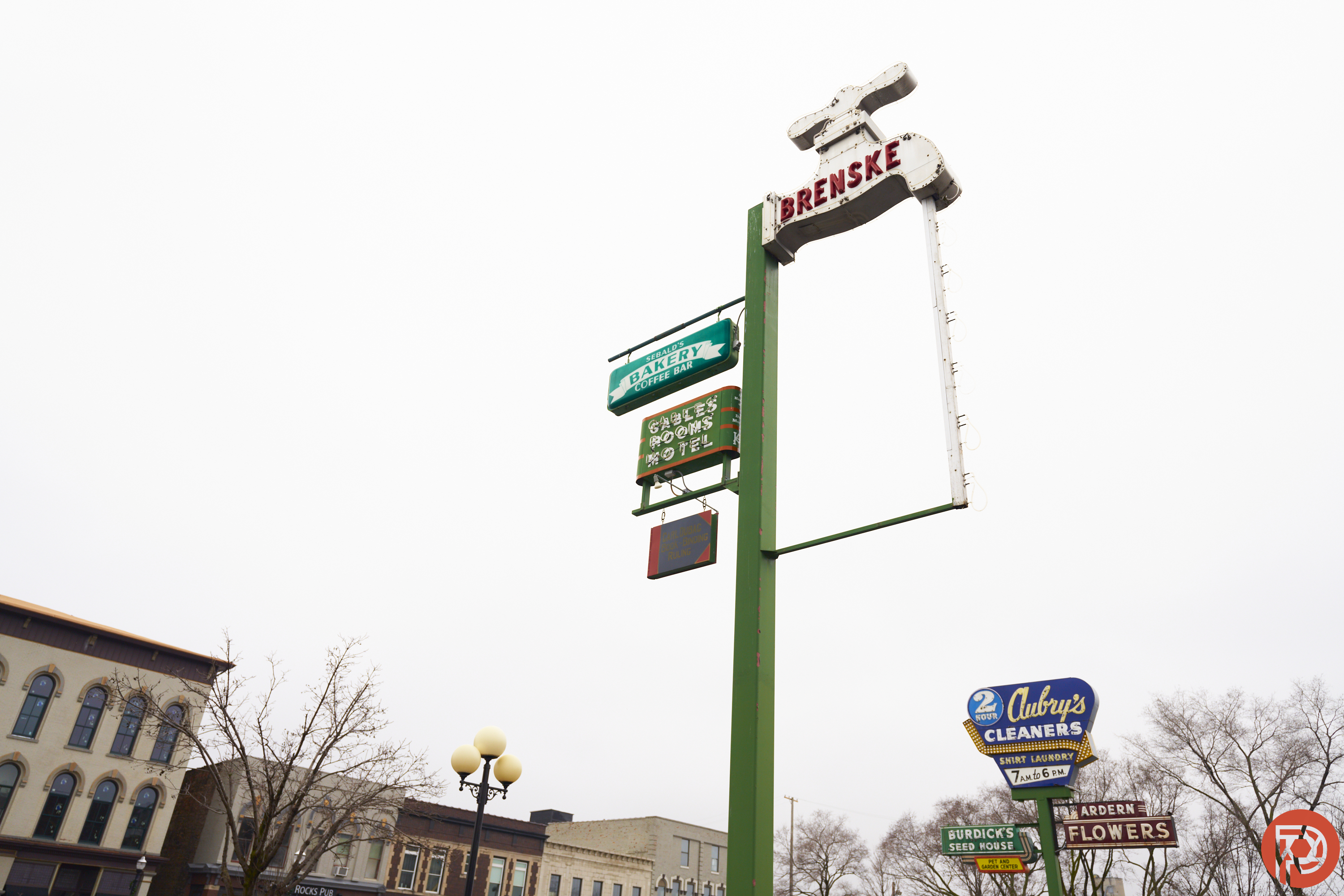

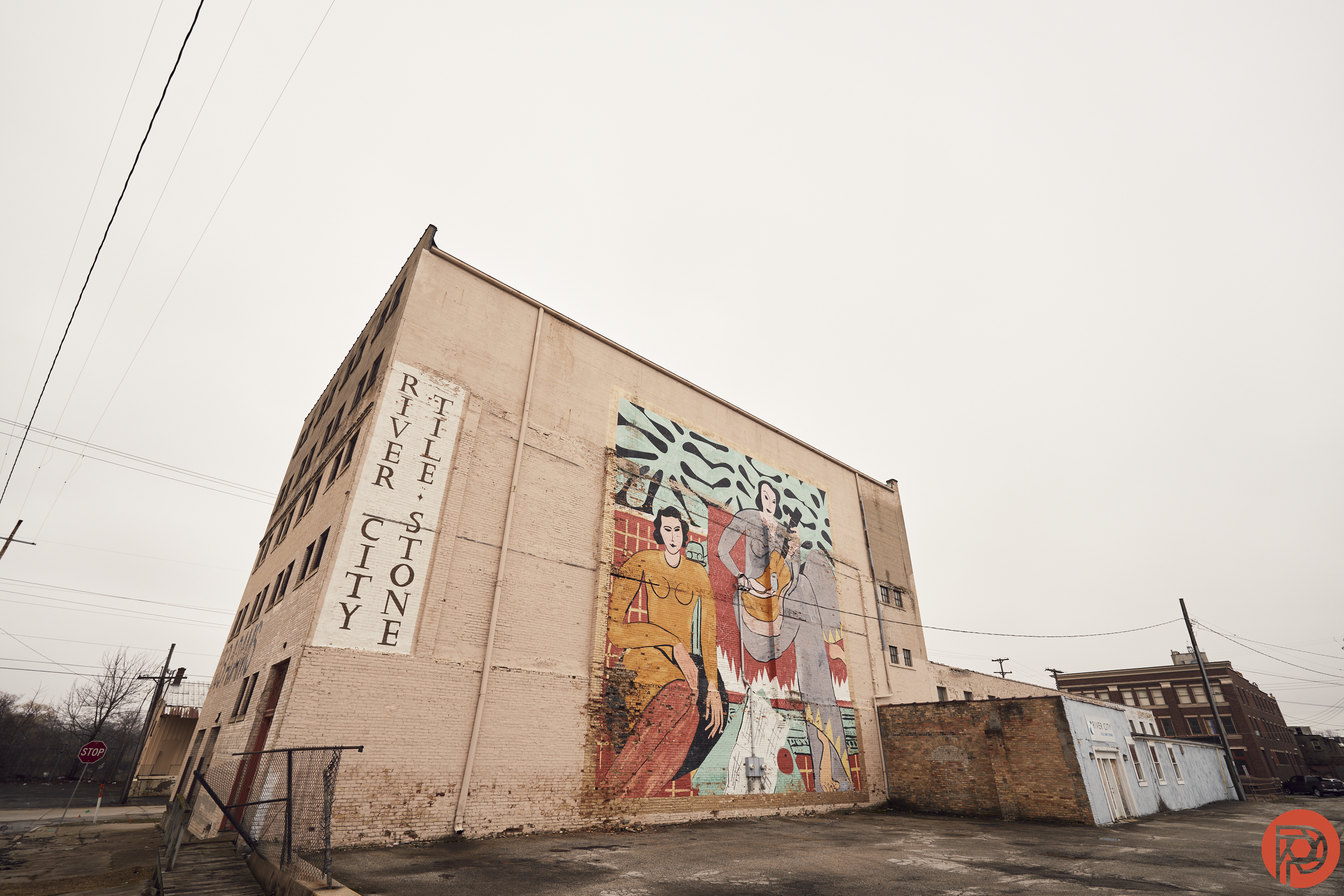
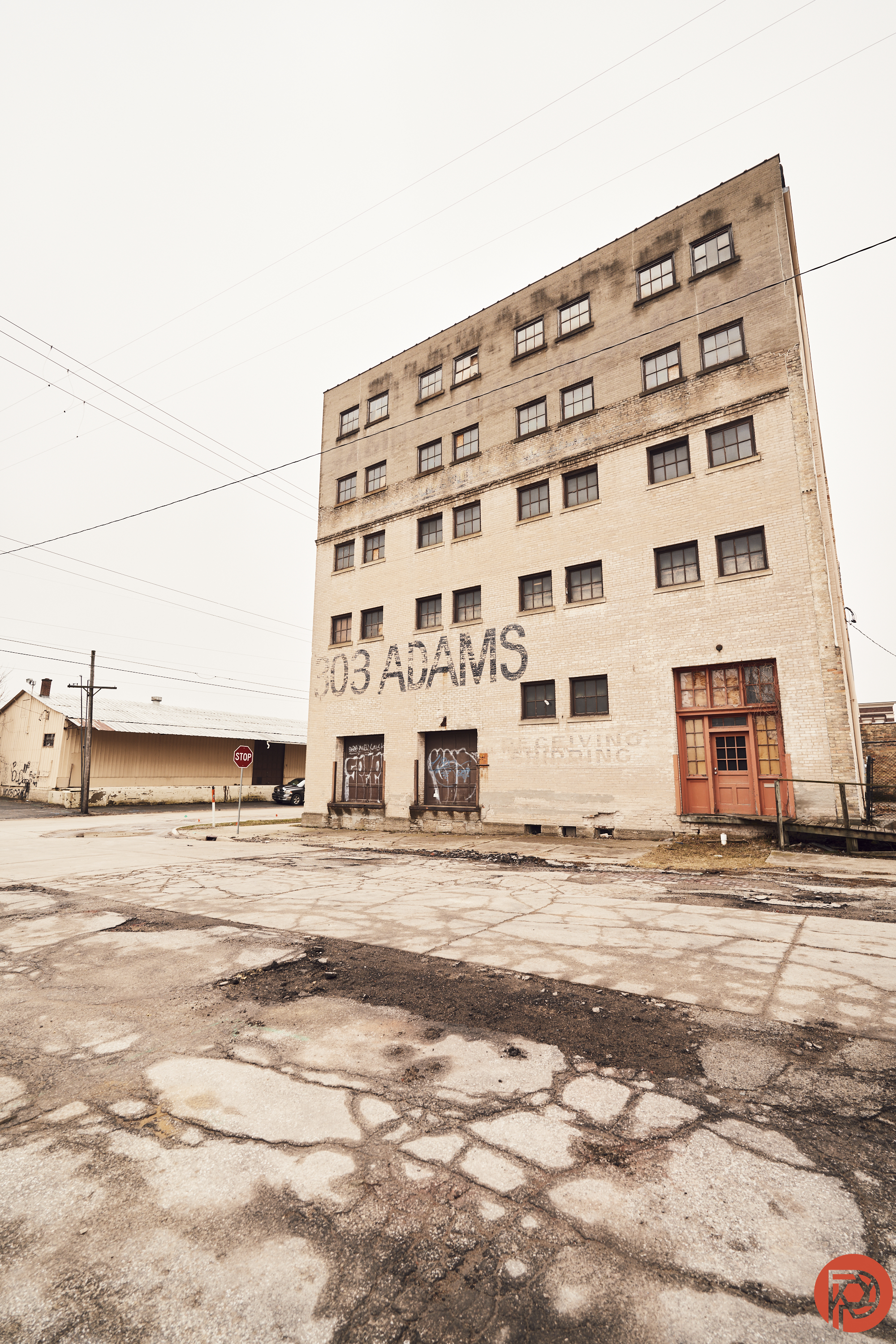
Unedited
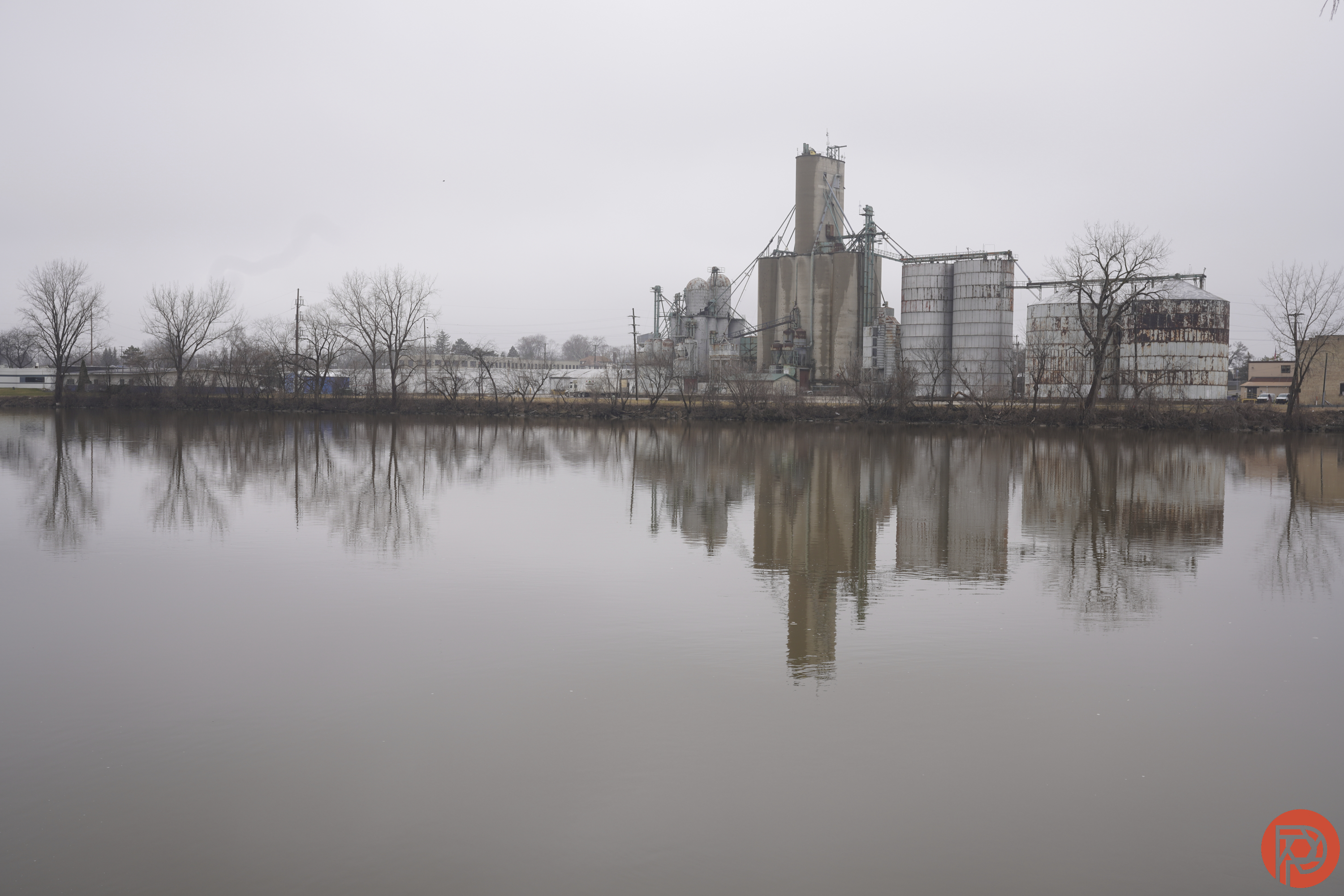

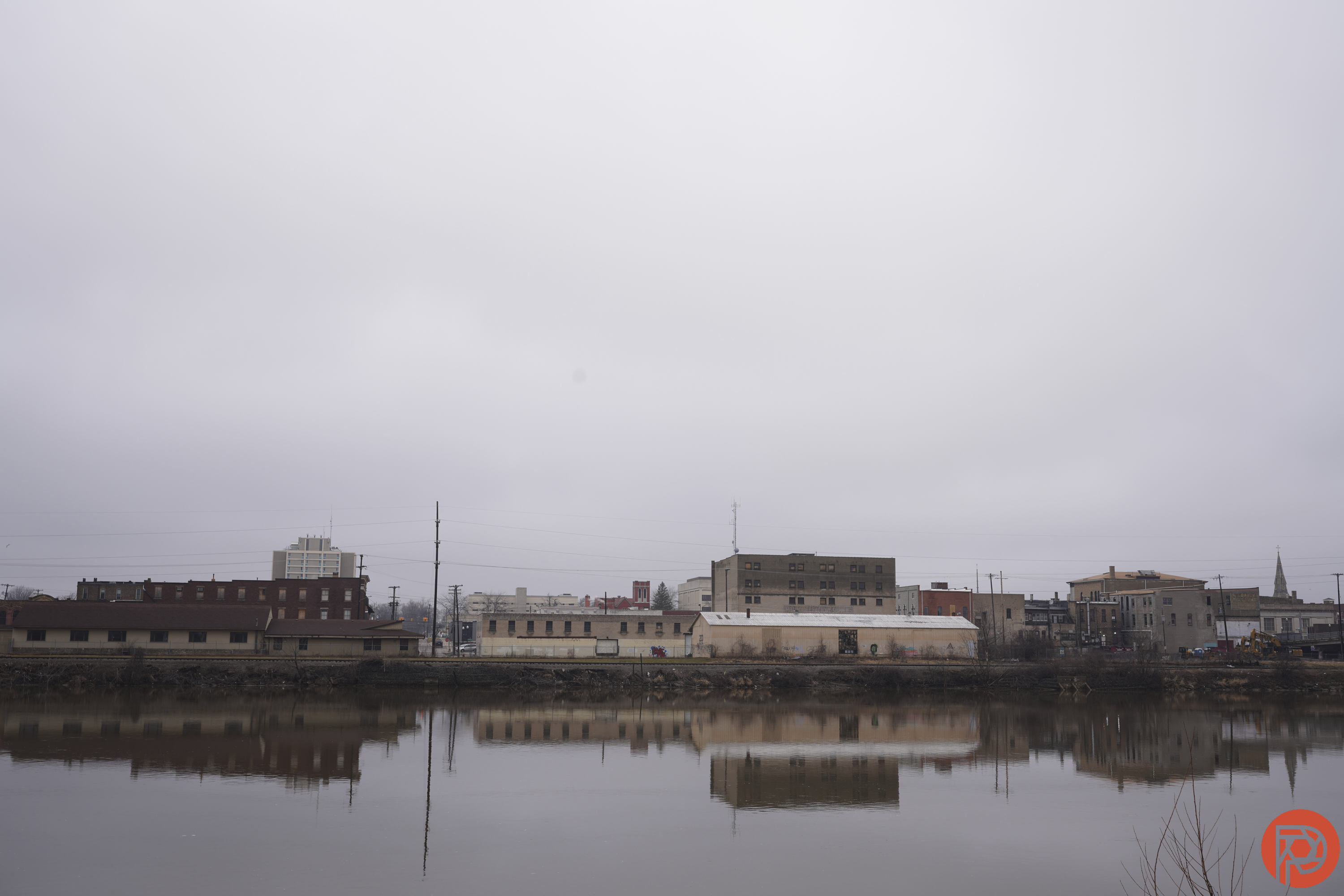
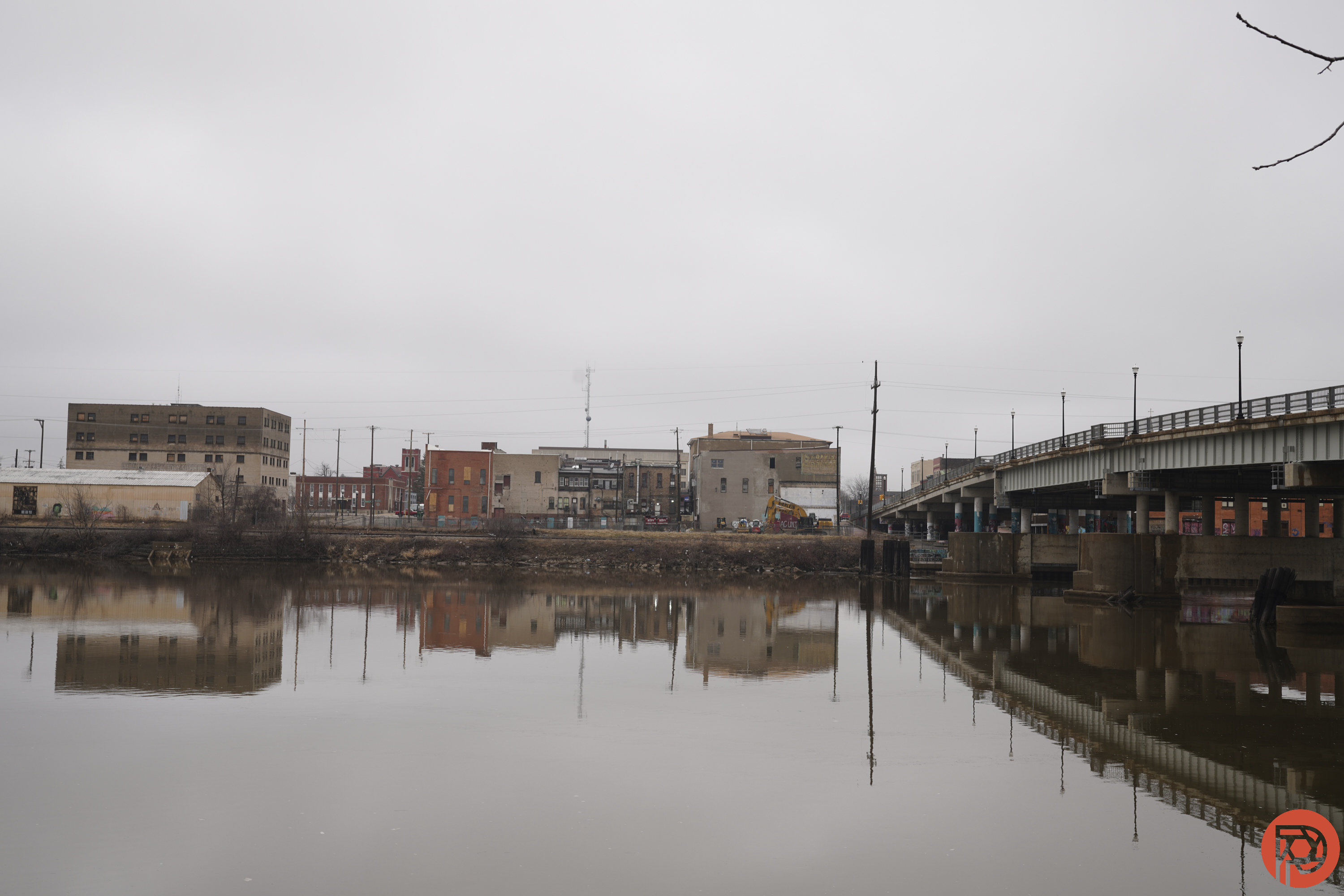
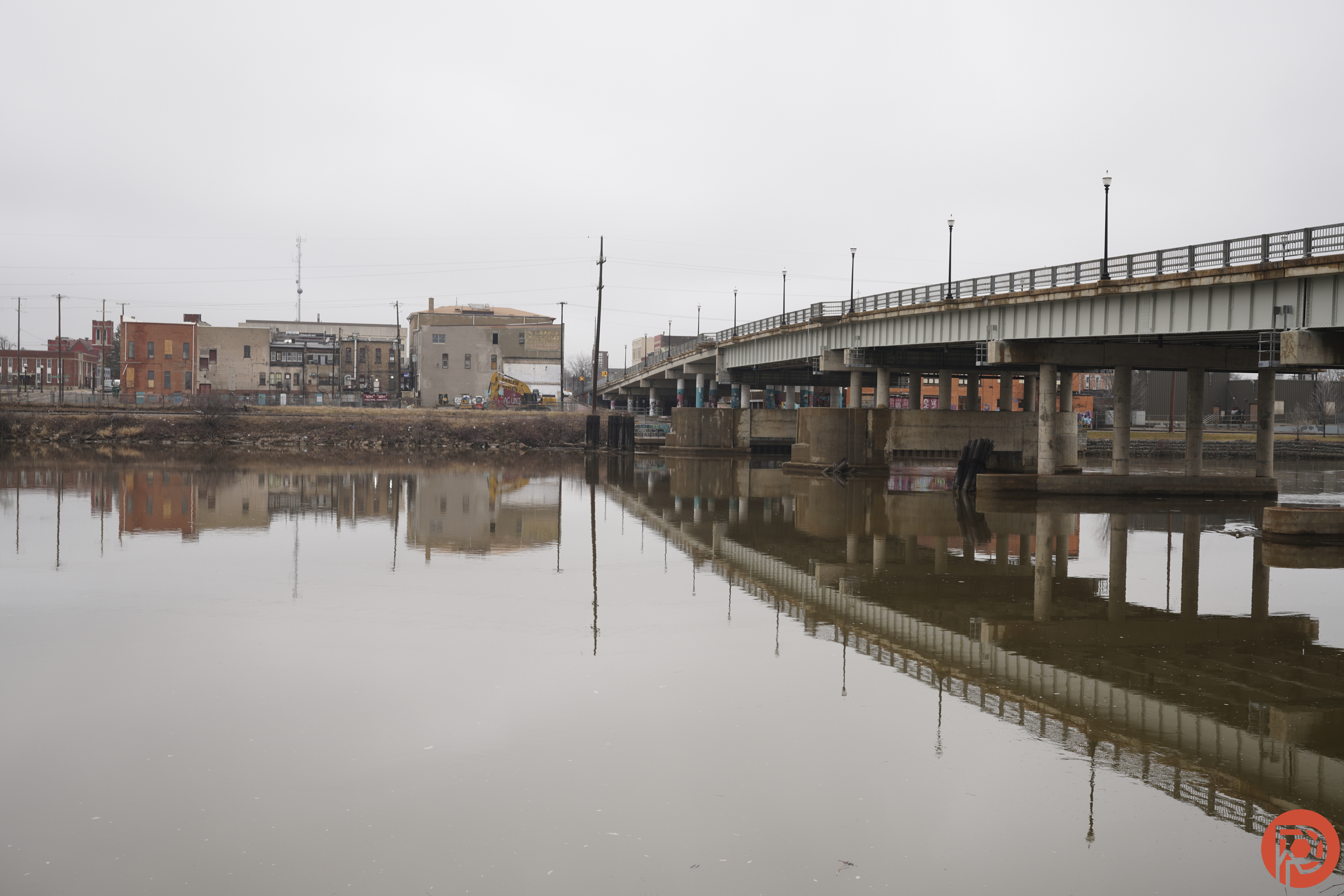
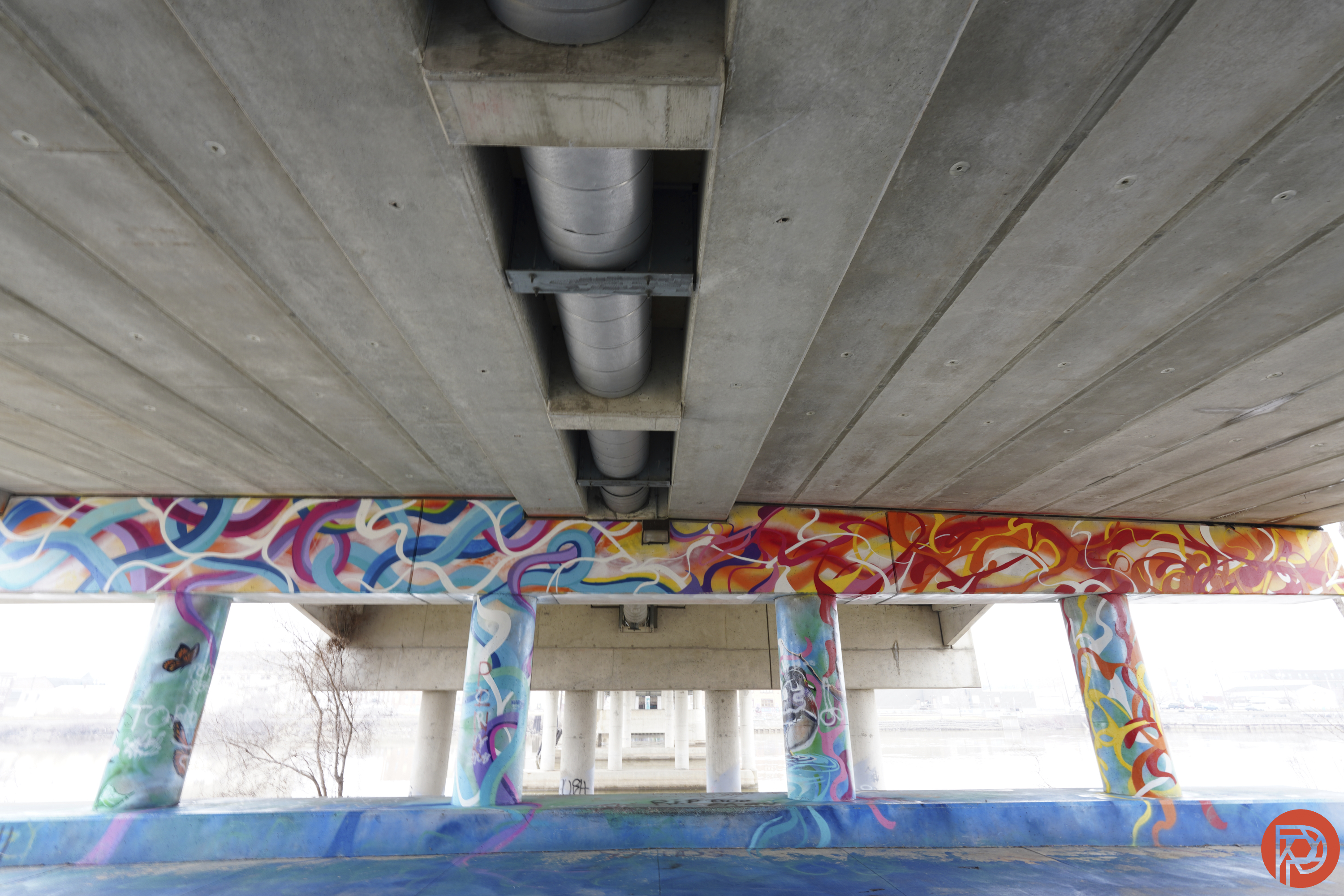
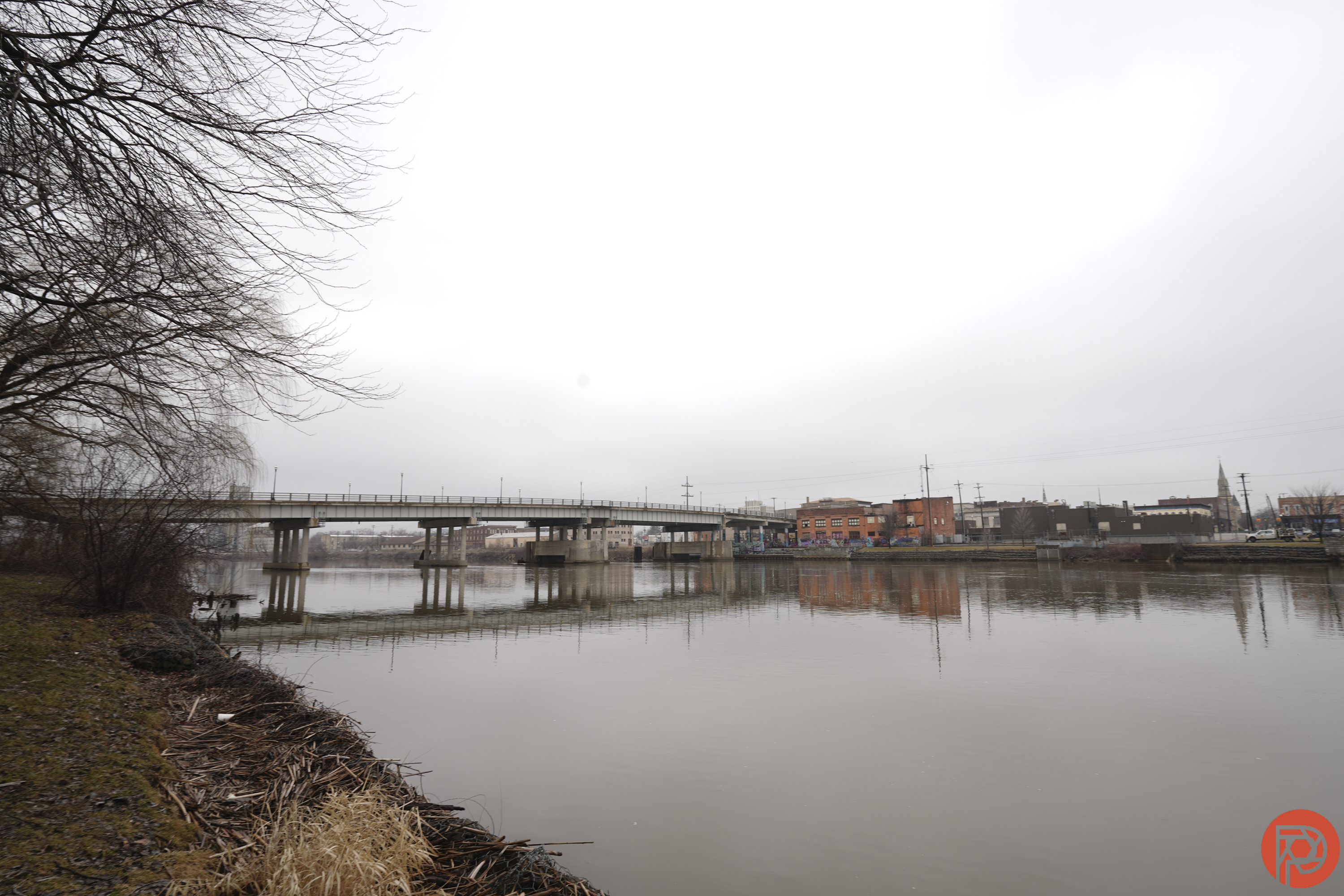
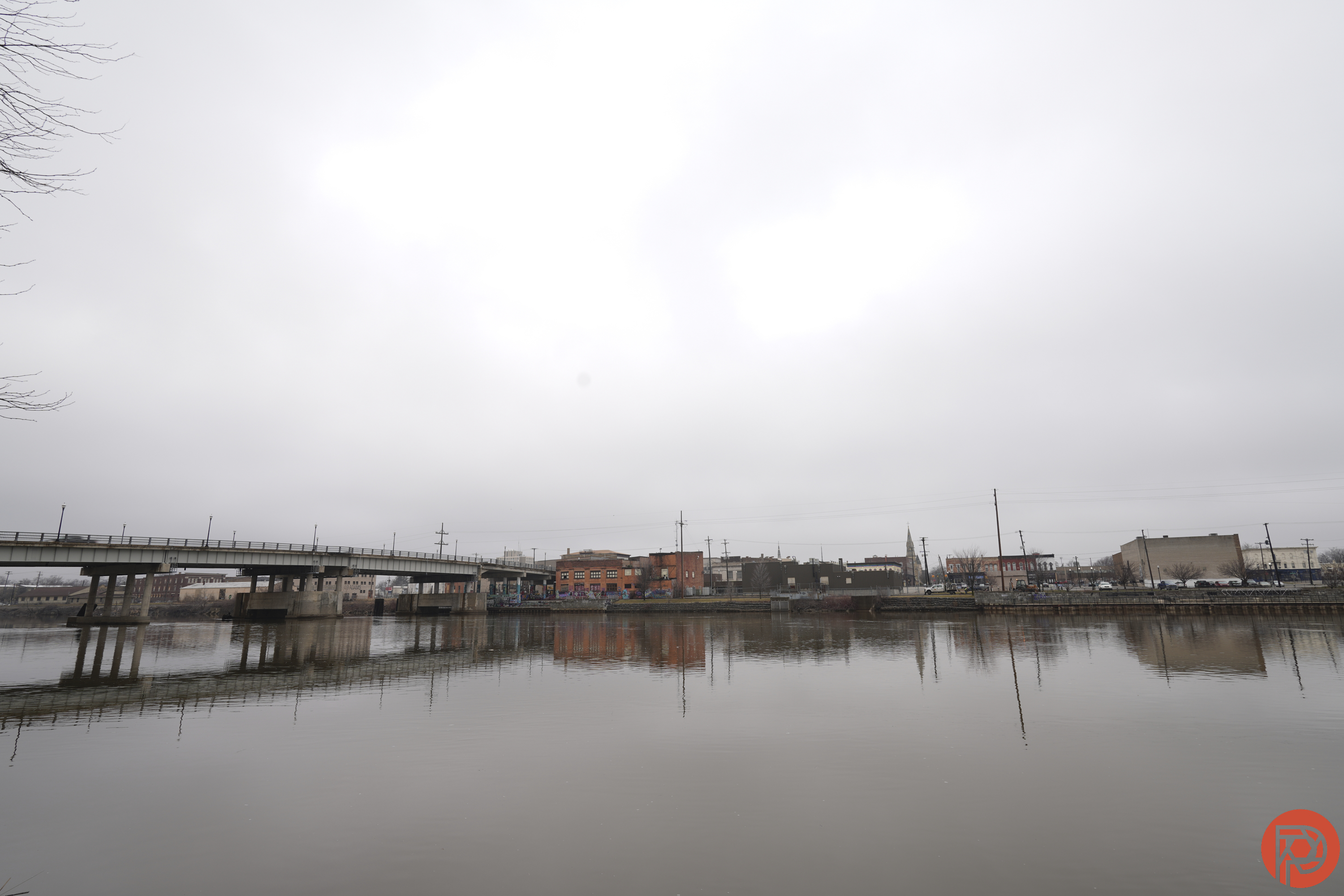
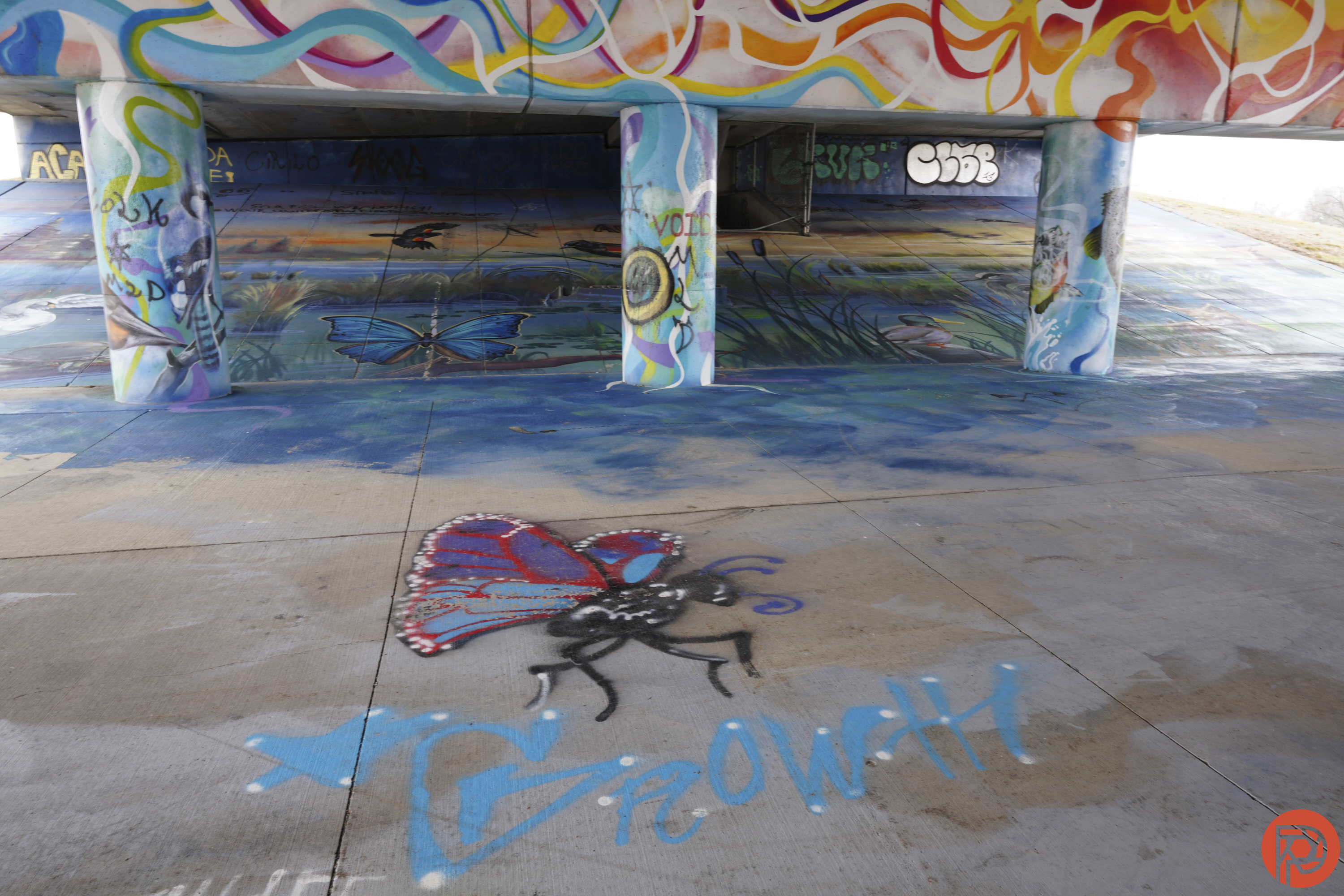
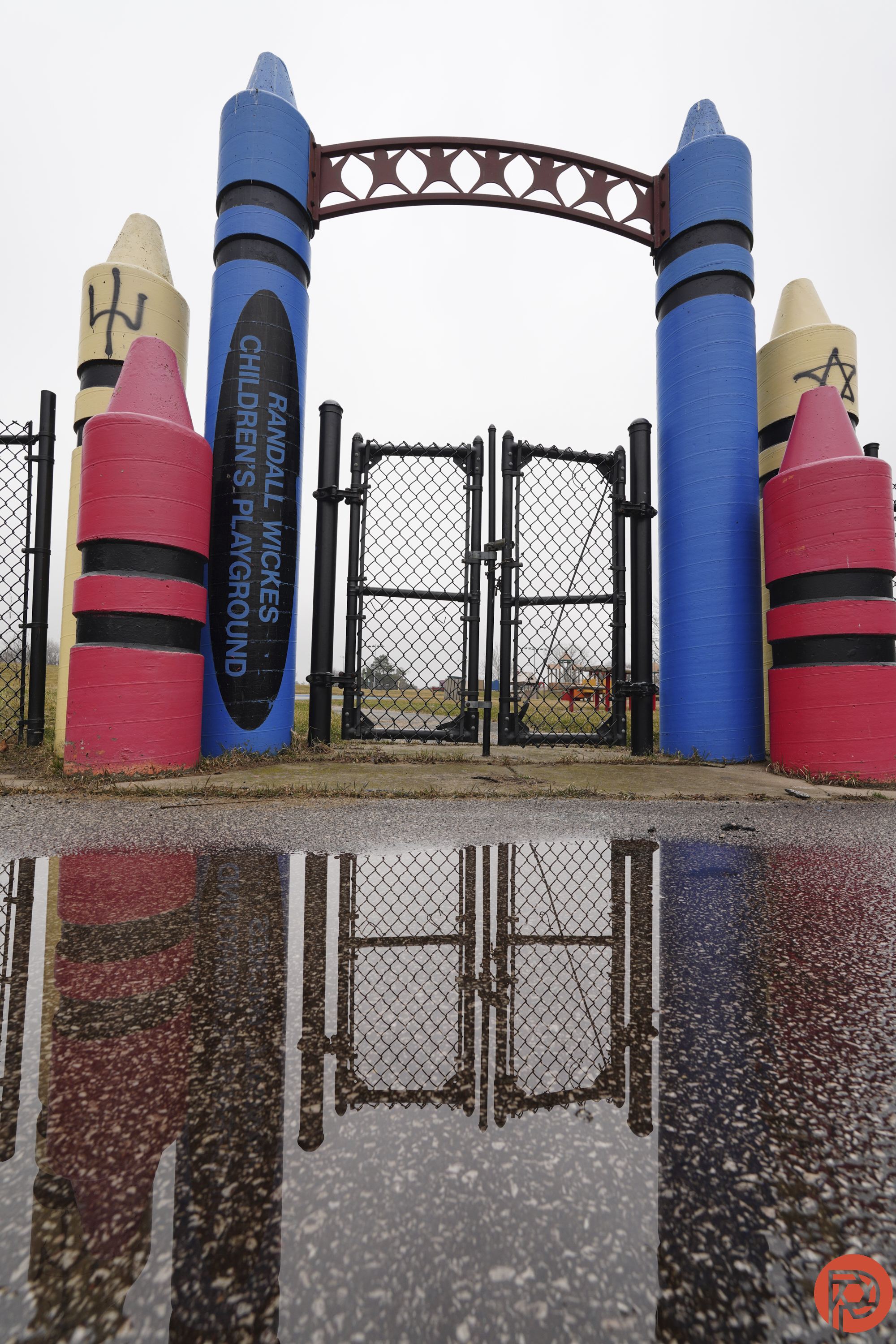
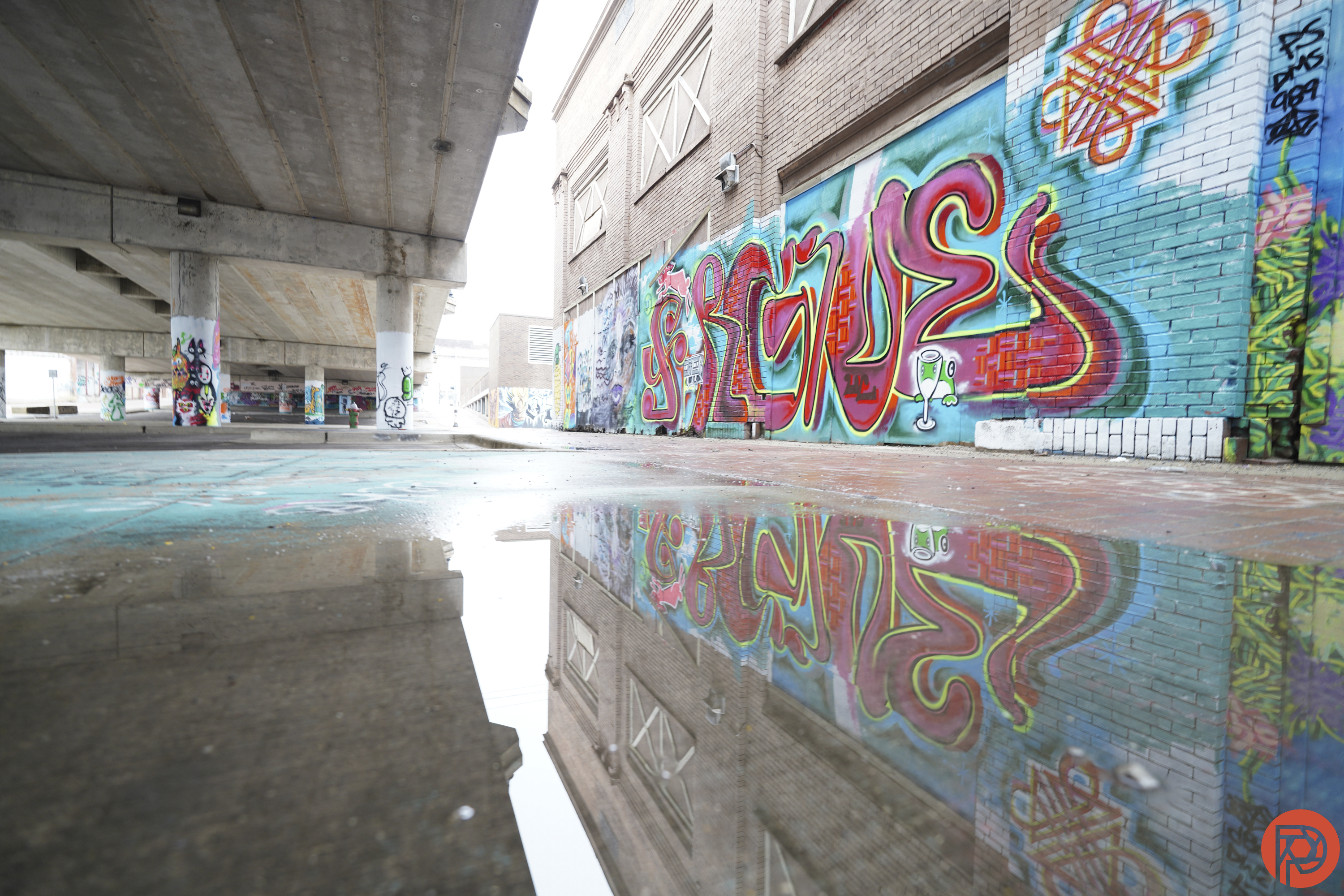
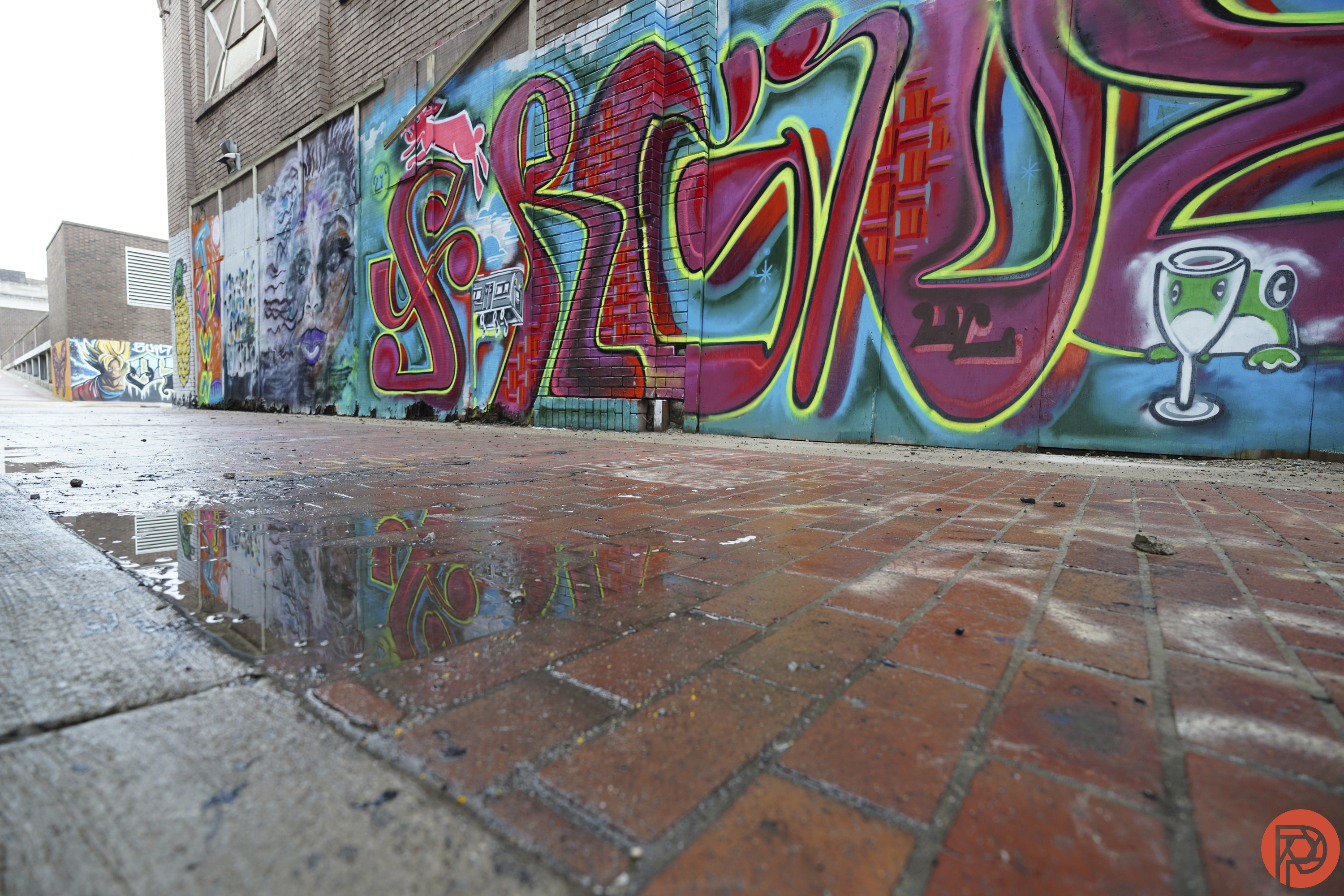
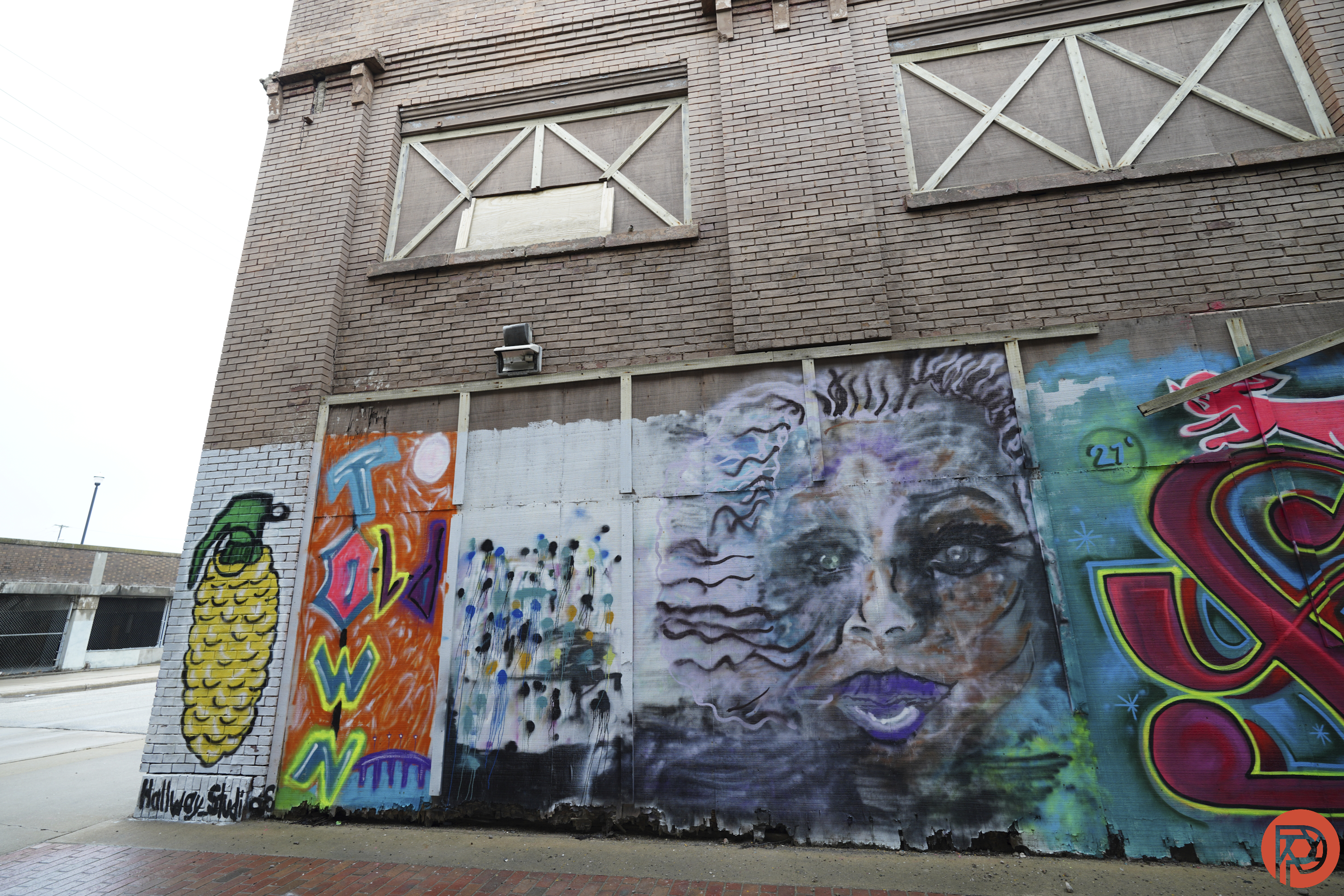
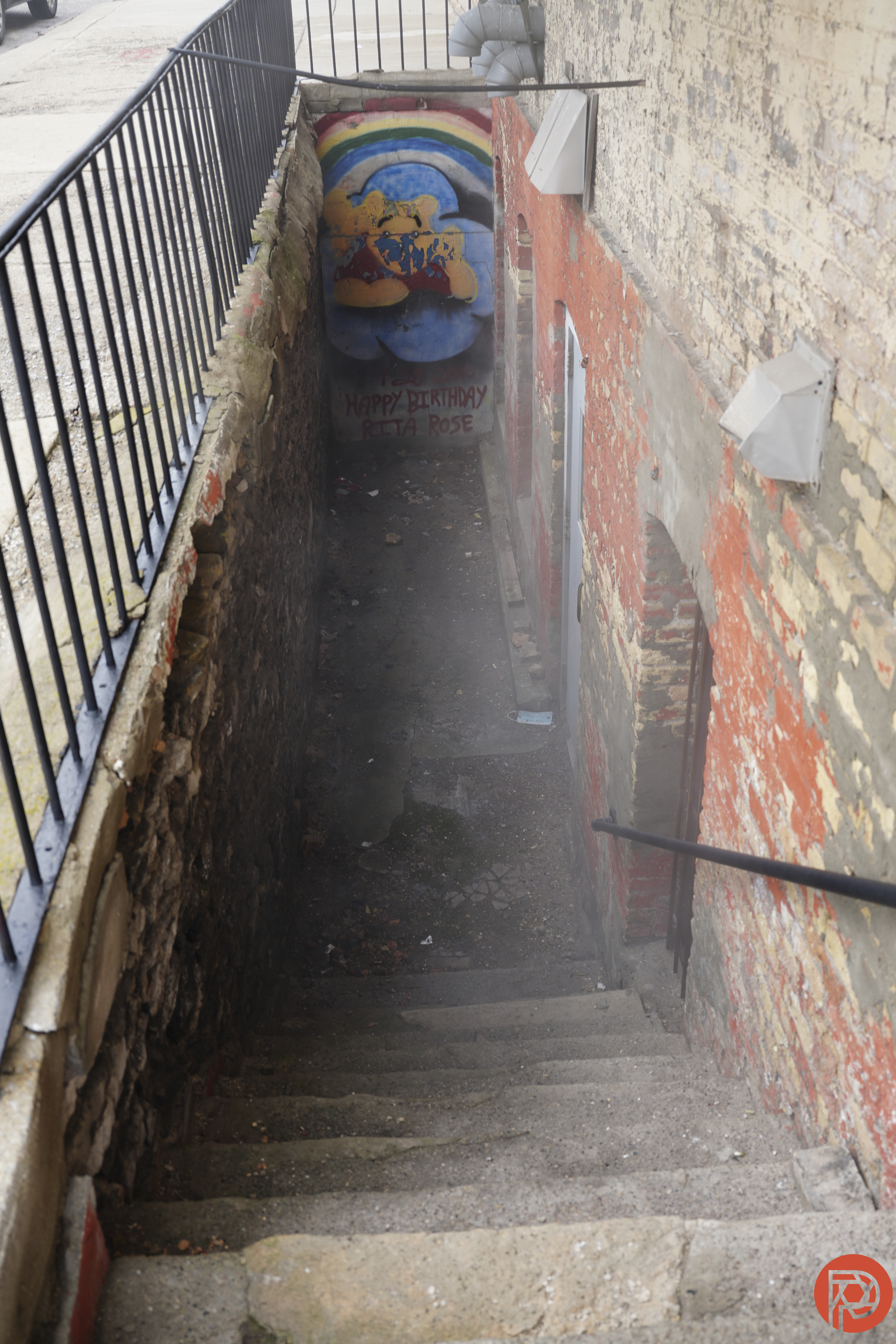
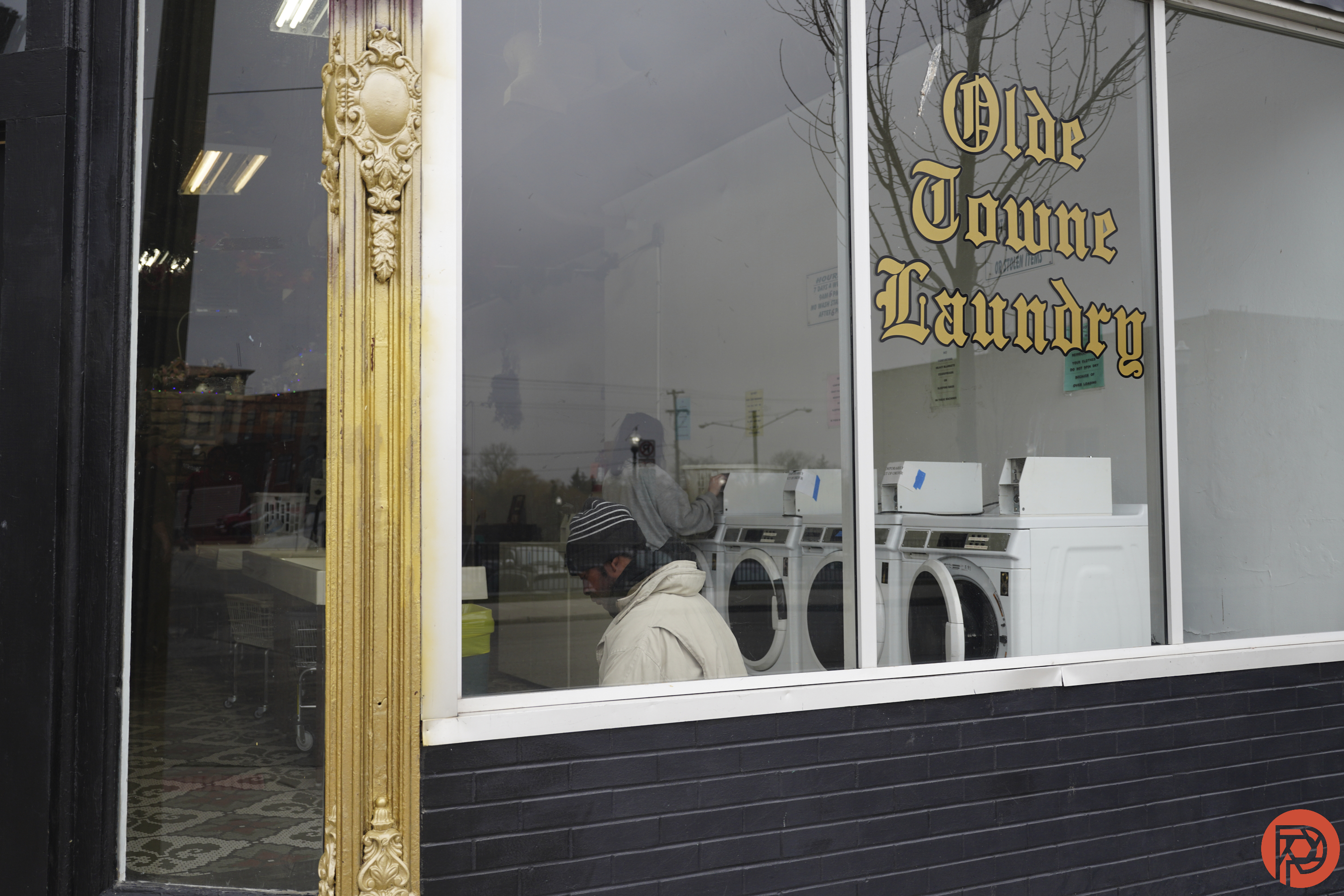
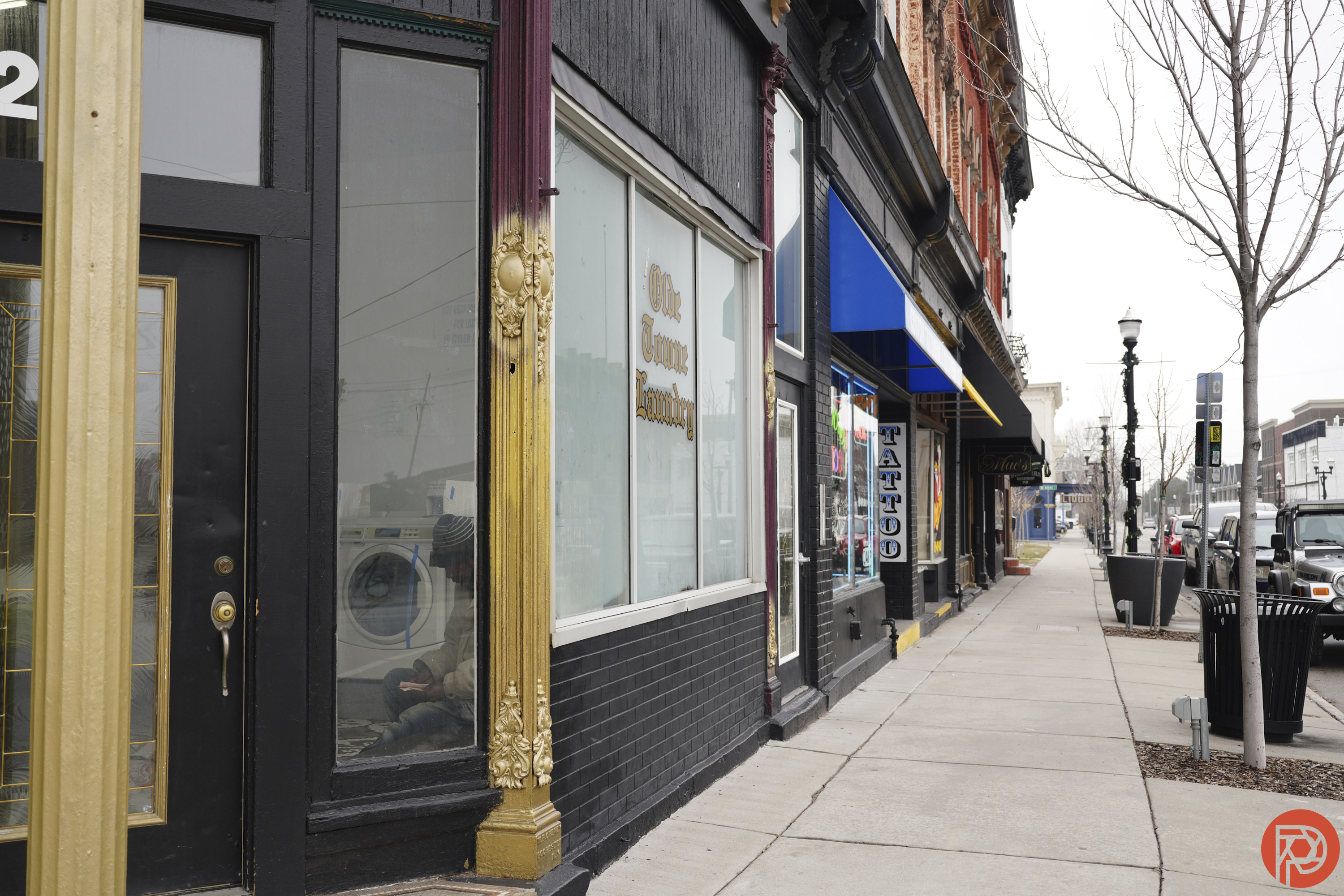
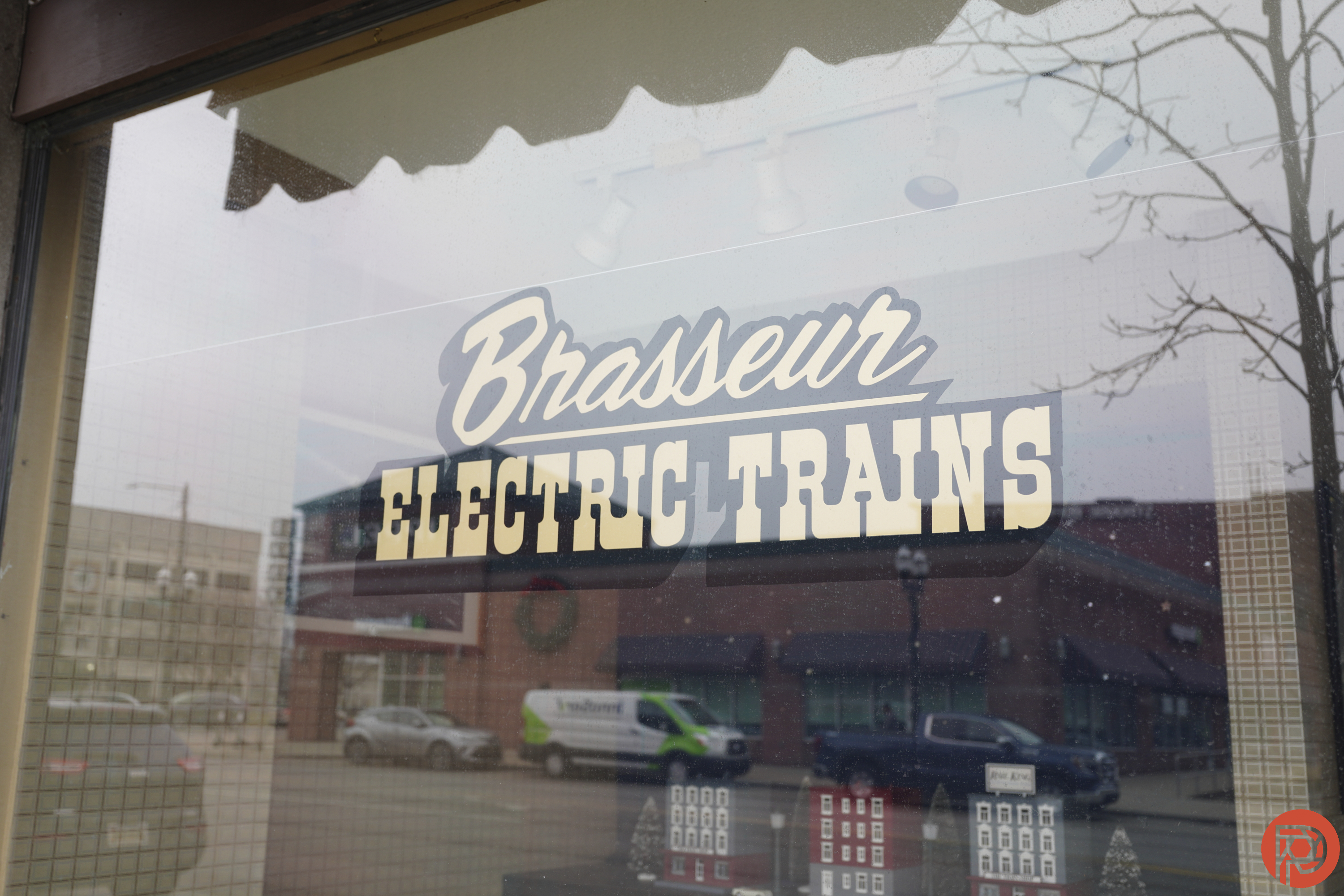
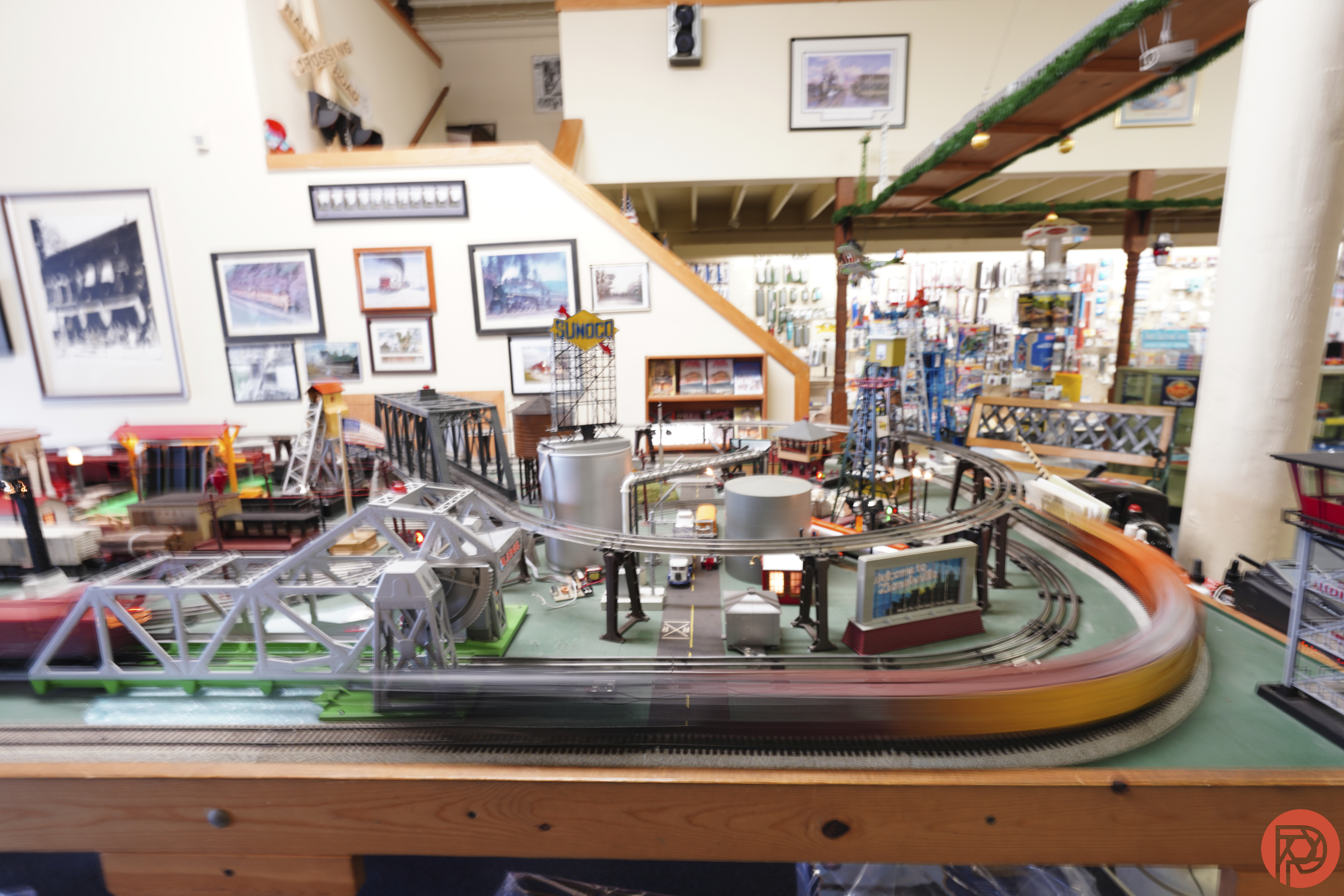
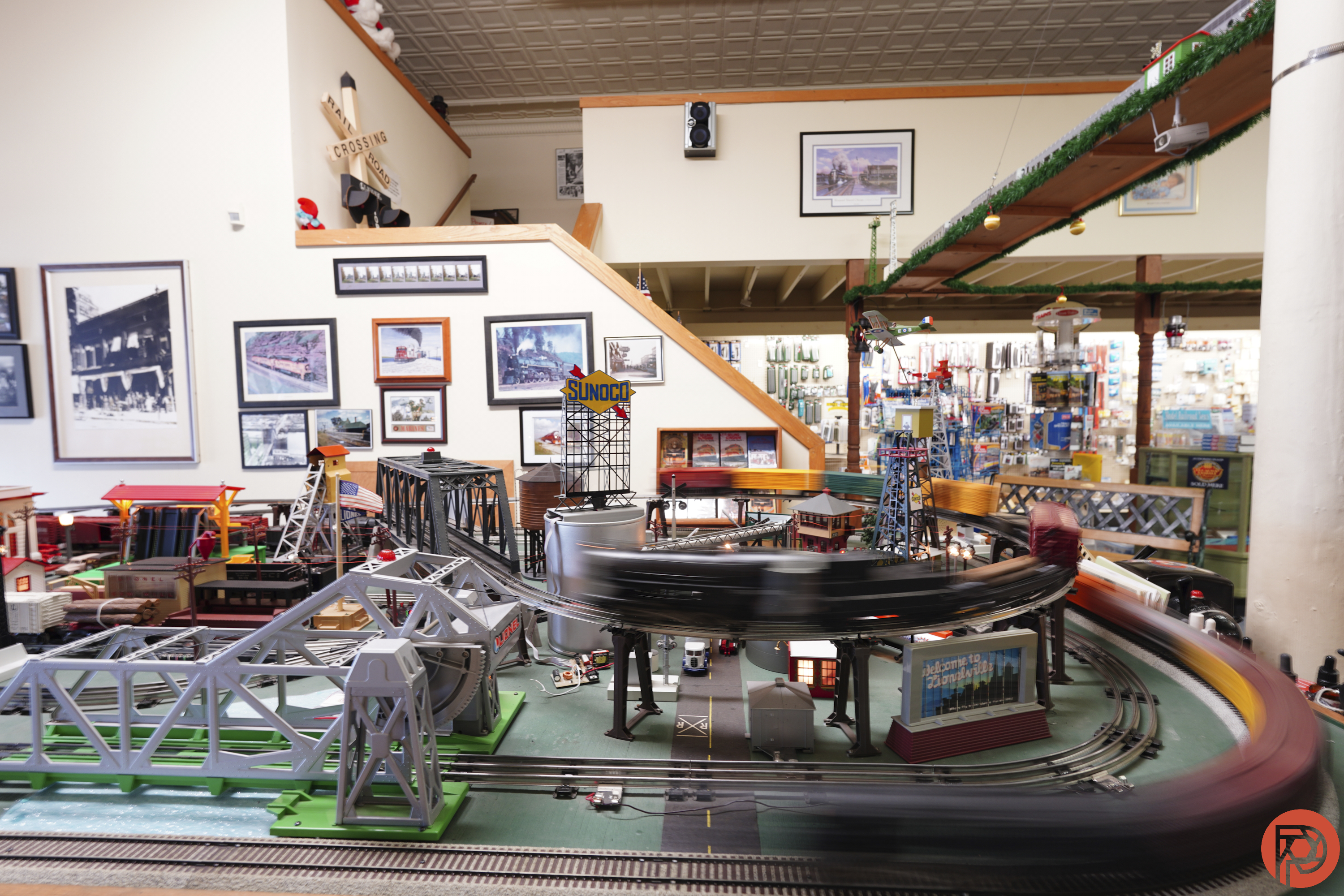
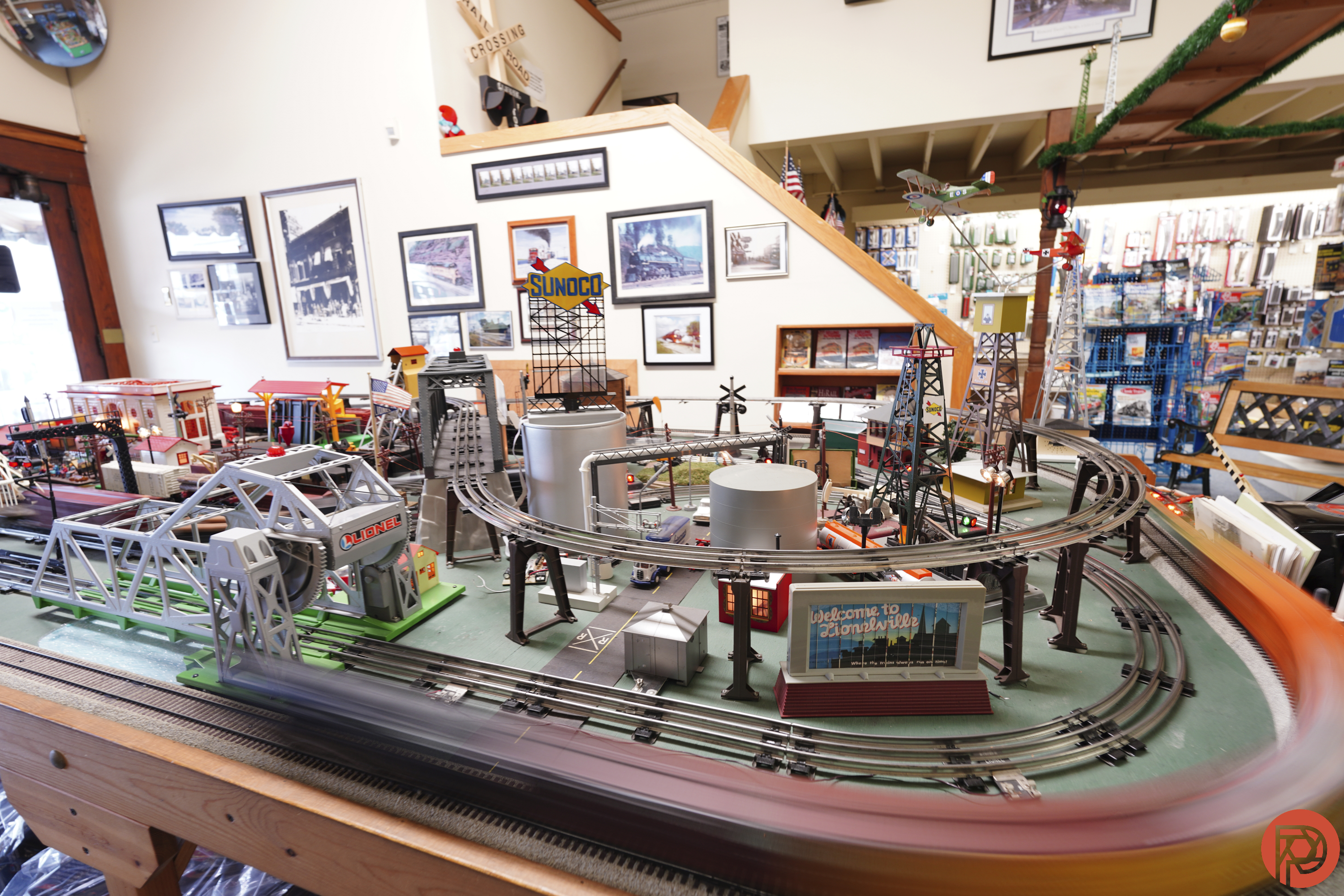
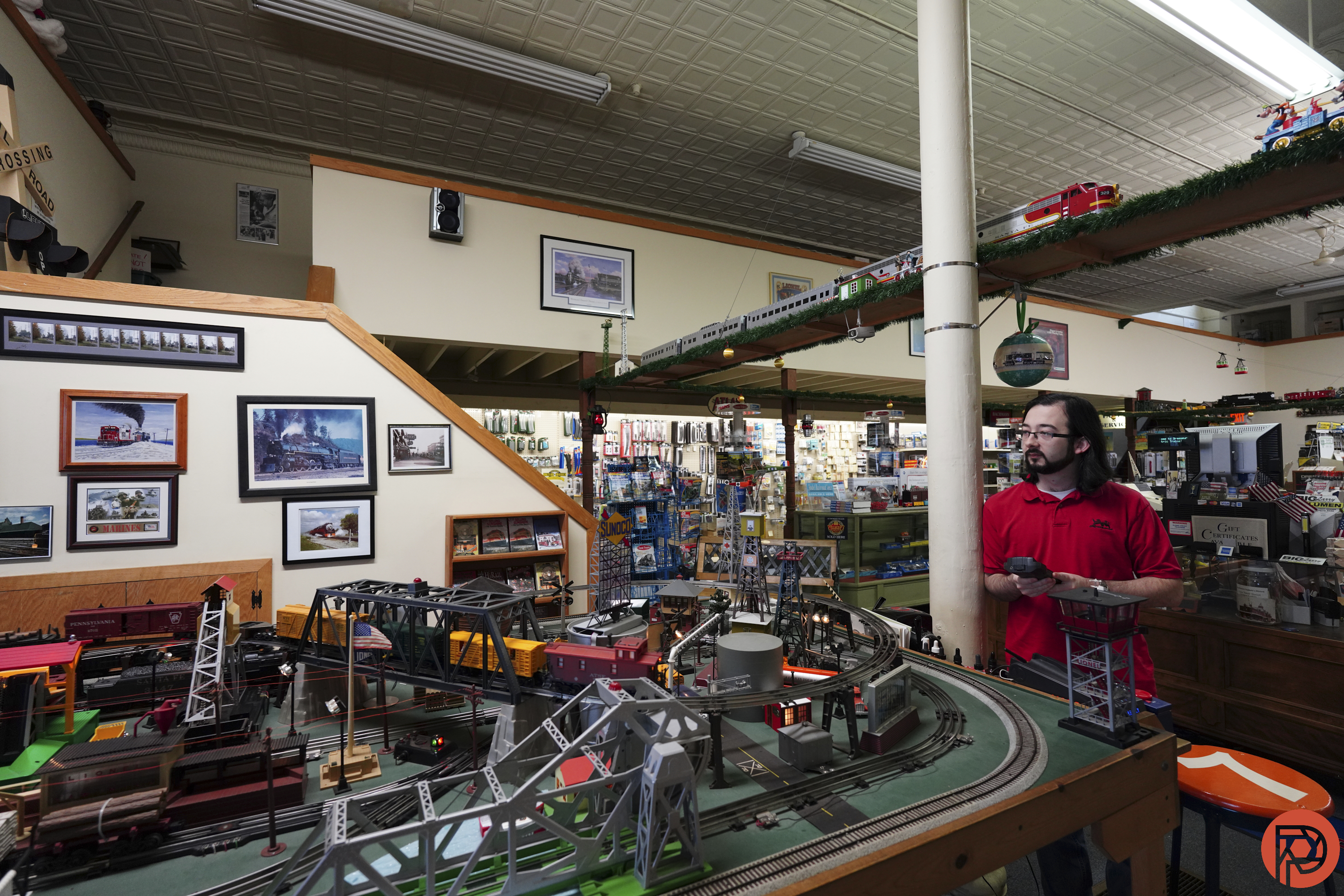
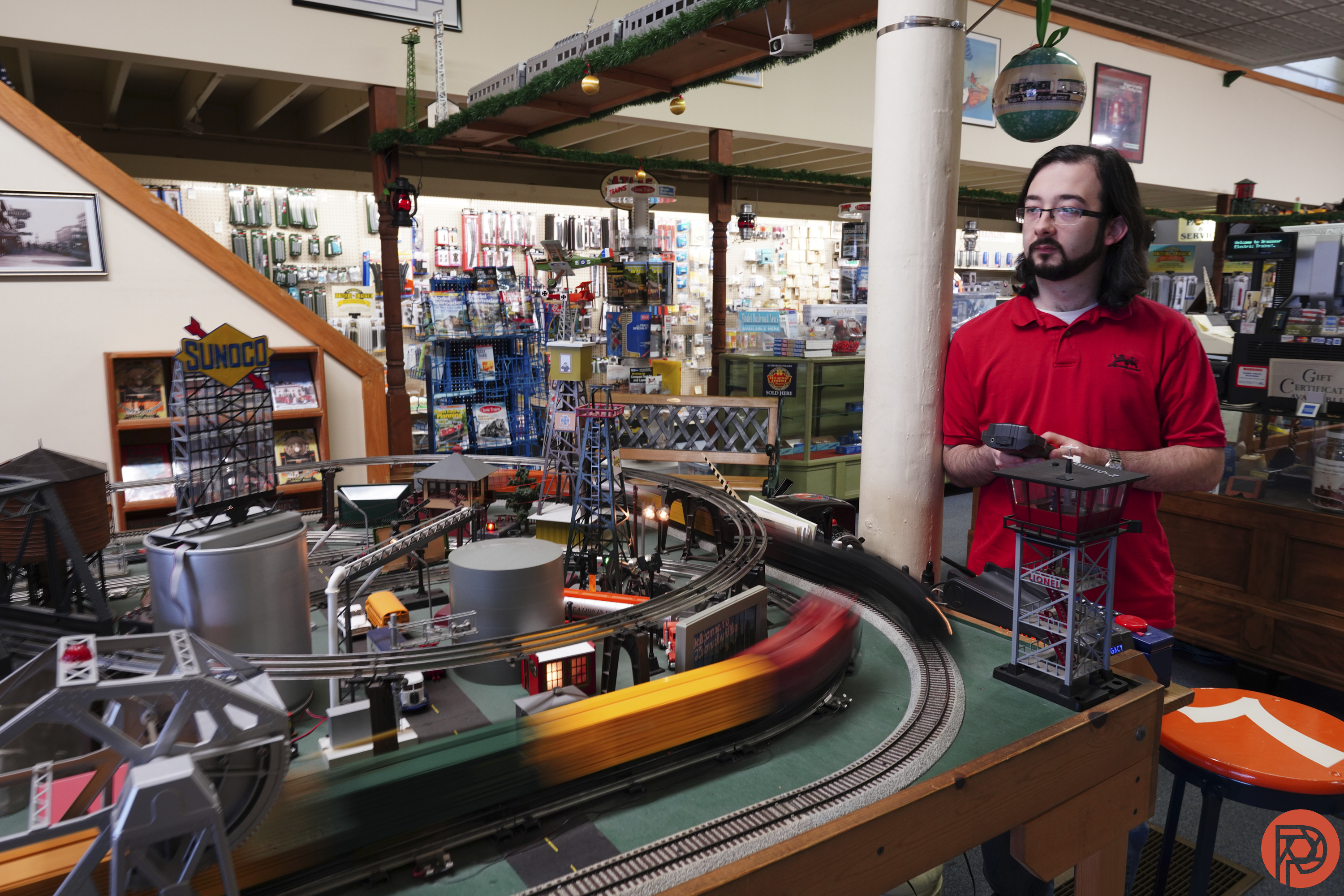
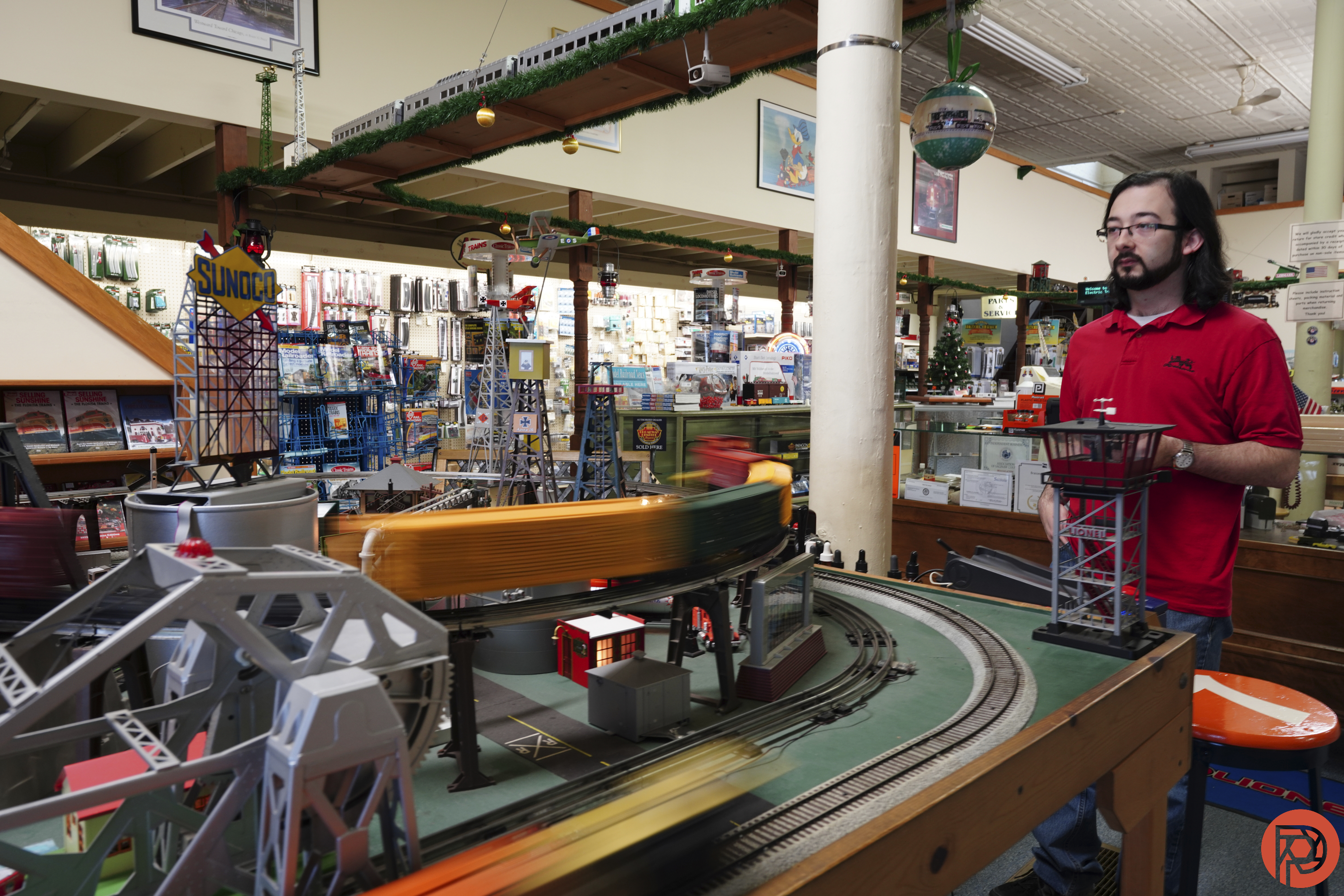
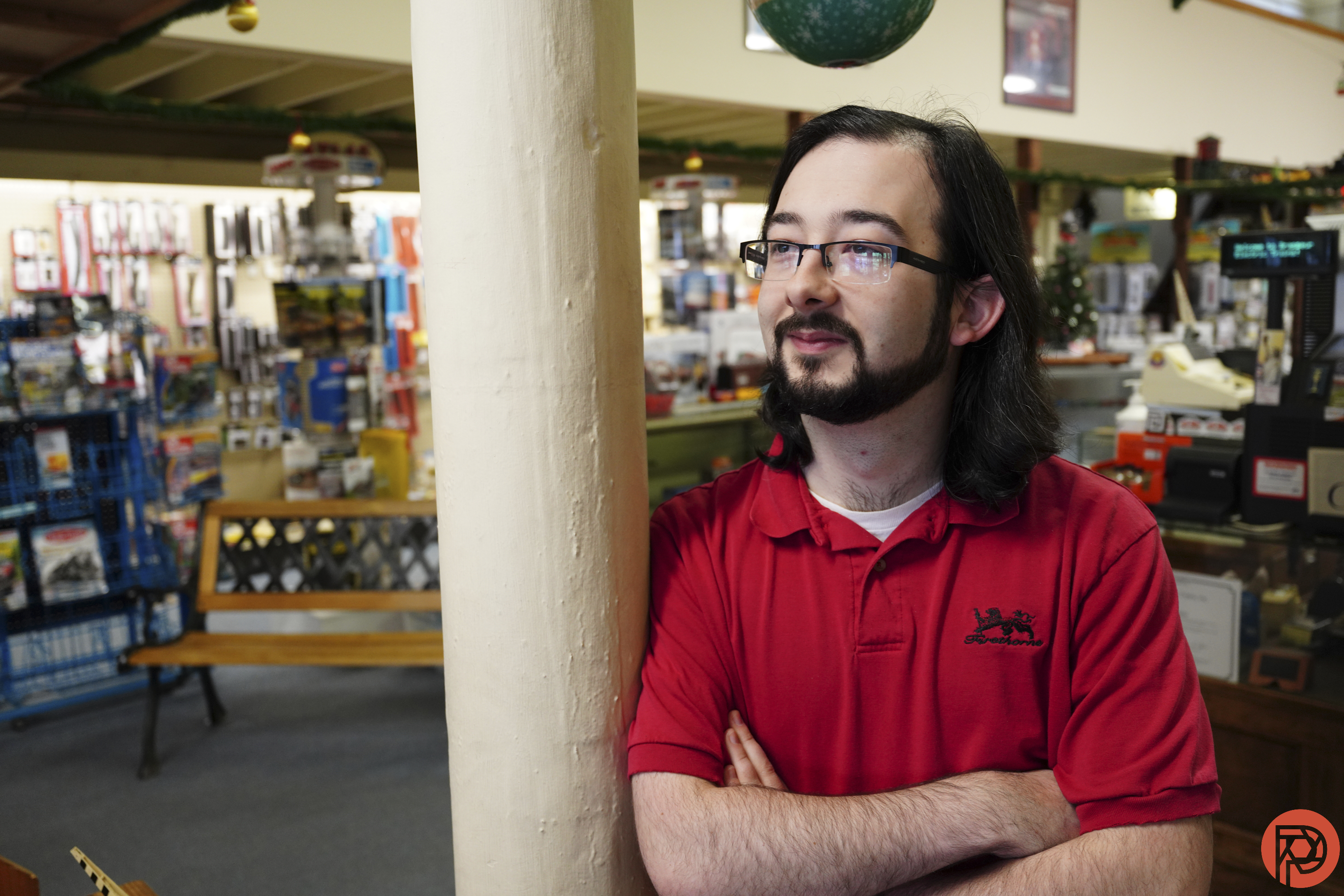
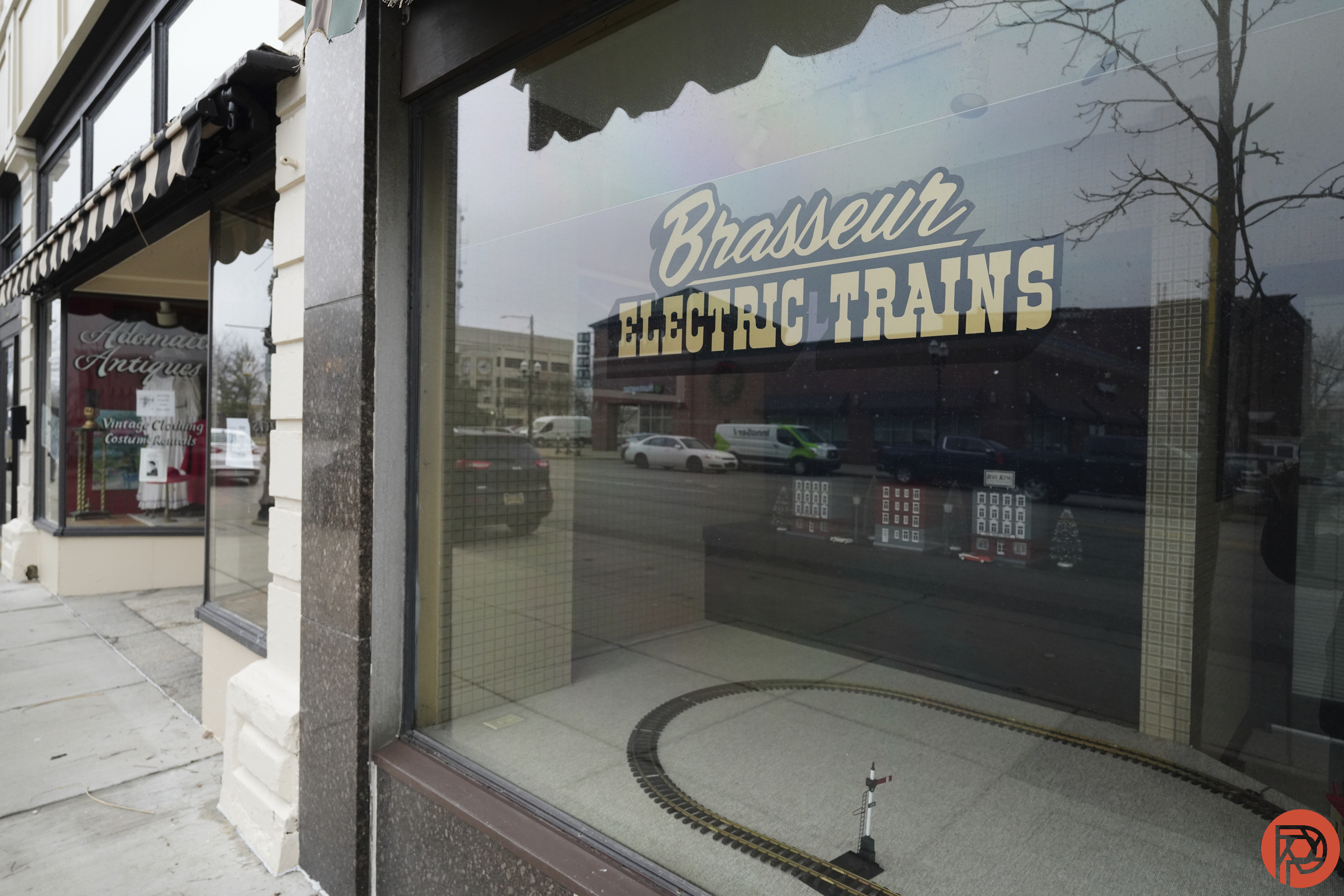
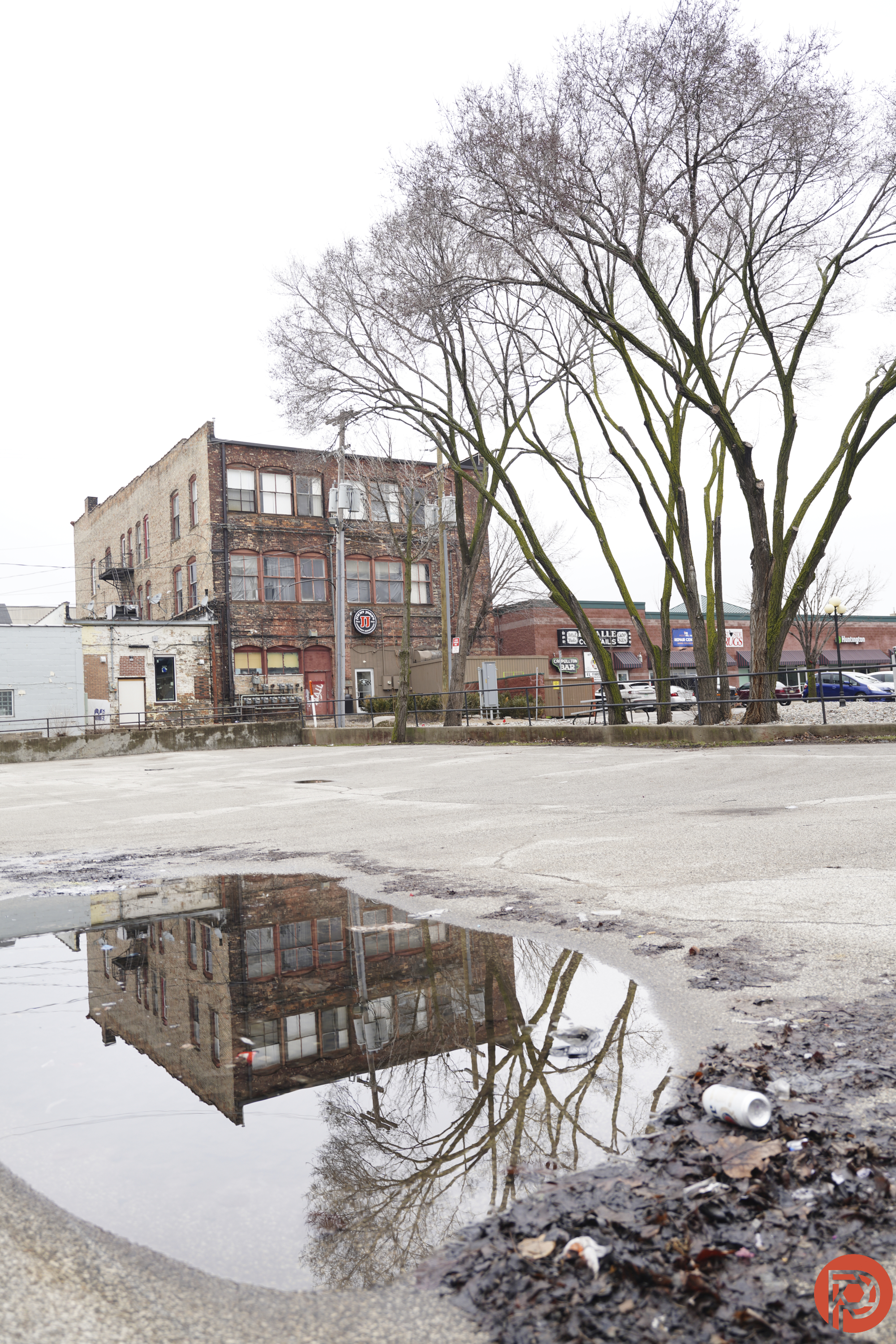
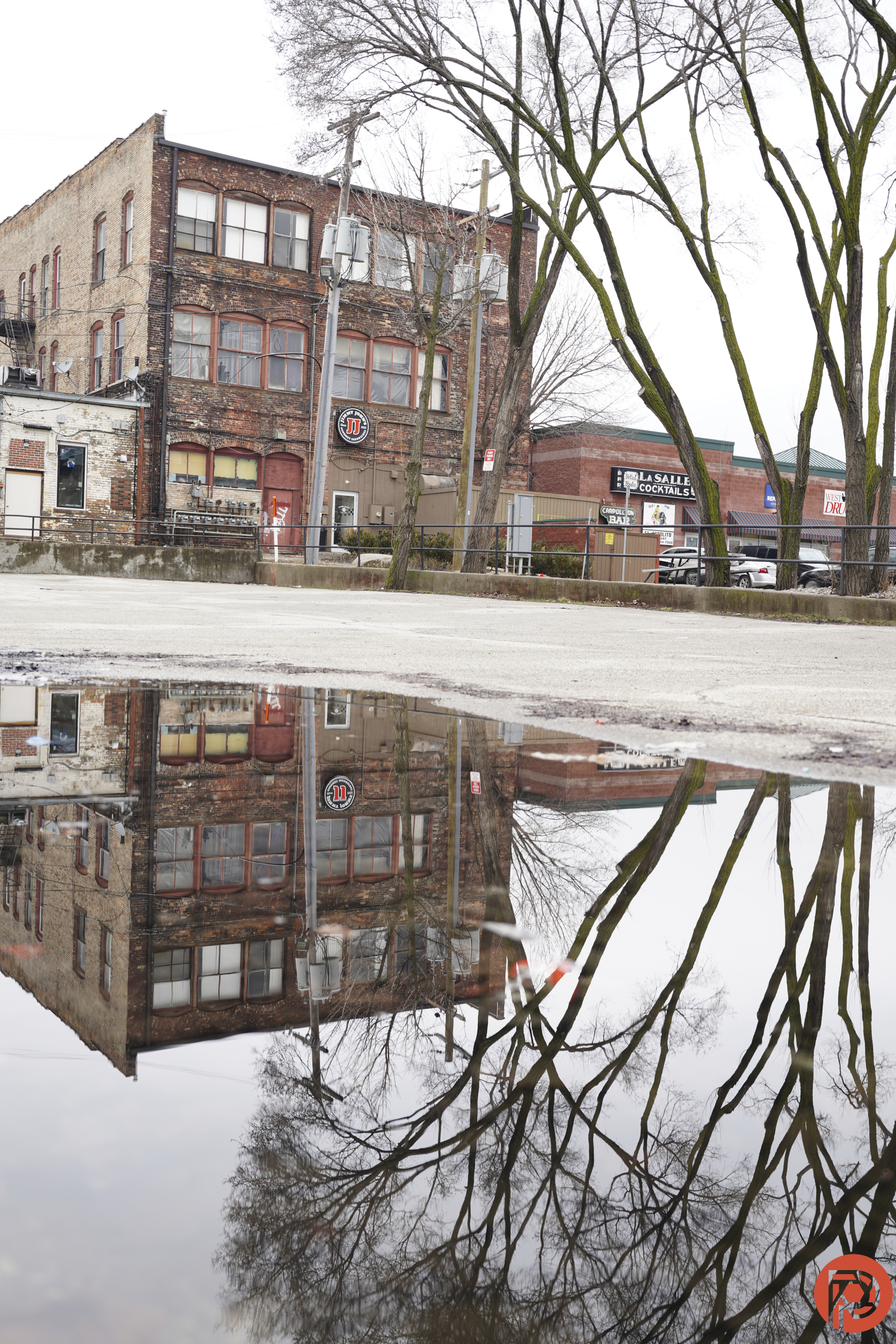
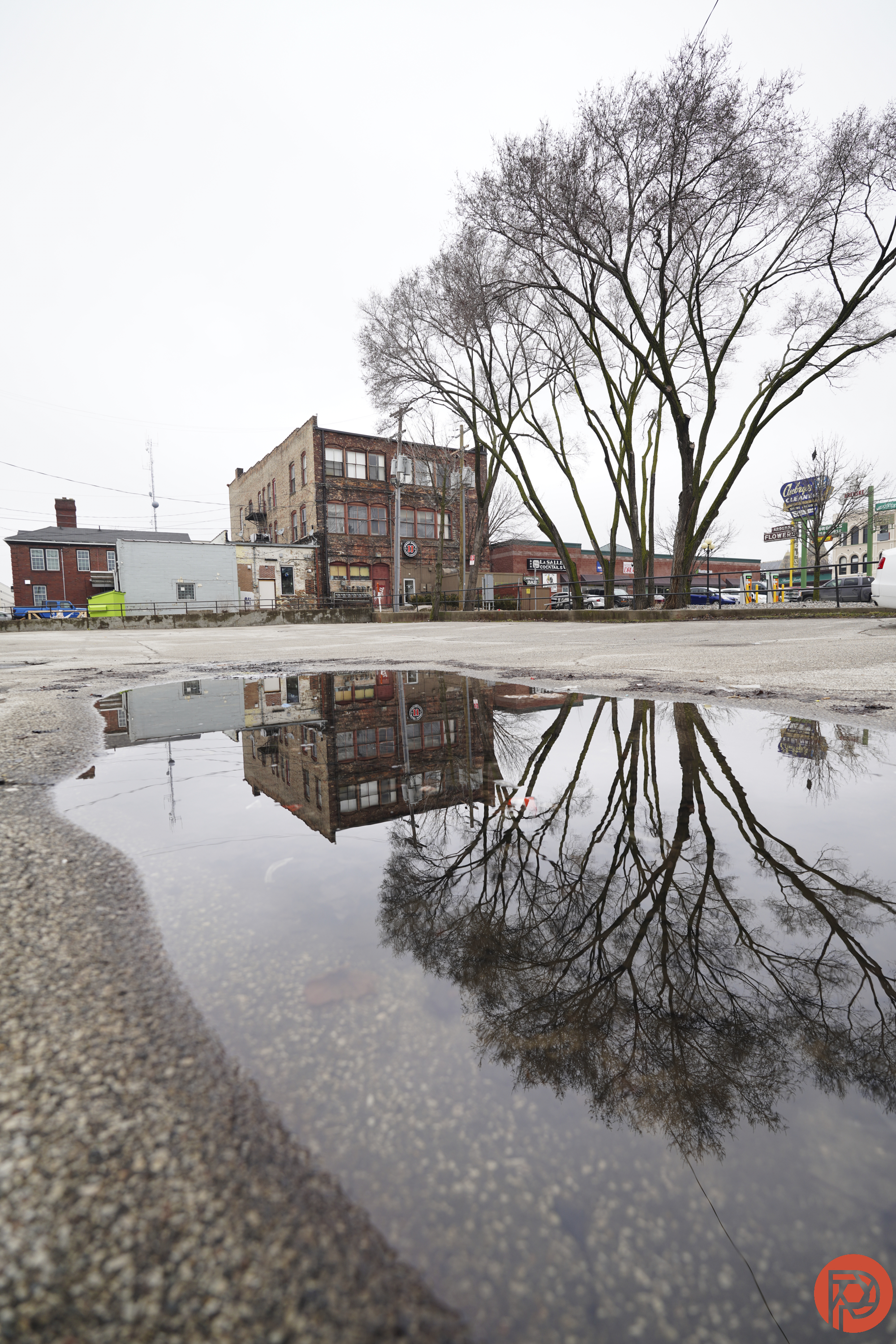
Tech Specs
LensRentals lists the following tech specs for the Sony PZ 16-35mm f4:
- Autofocus: Autofocus
- Brand: Sony
- Focal Length: 16.0-35.0
- Hood Included: Yes
- Image Stabilization: Unknown
- Item Type: Lens
- Lens Type: Wide Angle
- Max Aperture: 22.0
- Minimum Aperture: 4.0
- Mount: Sony E
Who Should Buy It?
The Sony 16-35mm f4 PZ G lens is oozing more with technical savvy than character. But that’s characteristic of Sony as a whole, which means most photographers who pick up a Sony do so because they want super sharp, technically perfect image. To that end, this lens won’t disappoint.
Sometimes, photographers who shoot at narrower apertures buy the more expensive f2.8 lens regardless. That version tends to have superior optics with more sharpness and less aberration. But, technically speaking, there’s little to complain about here; the images don’t look like they were taken on a “budget” lens. I see little reason why landscape and real estate photographers (who never shoot at f2.8) should not buy this lens. Those photographers tend to shoot at f8, and they may as well save the $1,000 and get the lighter lens.
Photographers who tend to shoot in the dark, such as weddings and street photography, or crave bokeh, like for environmental portraiture, will want the extra light-gathering power of the f2.8. These bokeh-lovin, low-light-shooting photographers should save up for the Sony 16-35mm f2.8. If budget is a major concern, a used one is only a few hundred dollars more rather than $1,000 more. Get yours at Adorama or Amazon.


